Raja Ampat is a tropical paradise that promises an unforgettable experience for nature lovers, divers, and adventurers alike. Known as the “Four Kings,” Raja Ampat comprises four main islands—Waigeo, Misool, Salawati, and Batanta—and over 1,500 smaller islands. We spent 7 days in Raja Ampat snorkelling with sharks, scuba diving with turtles, and exploring one of the most beautiful places on earth.
If you’re thinking of planning a trip to Raja Ampat, here are the essential need to know tips & tricks to help you plan your dream trip to Raja Ampat.
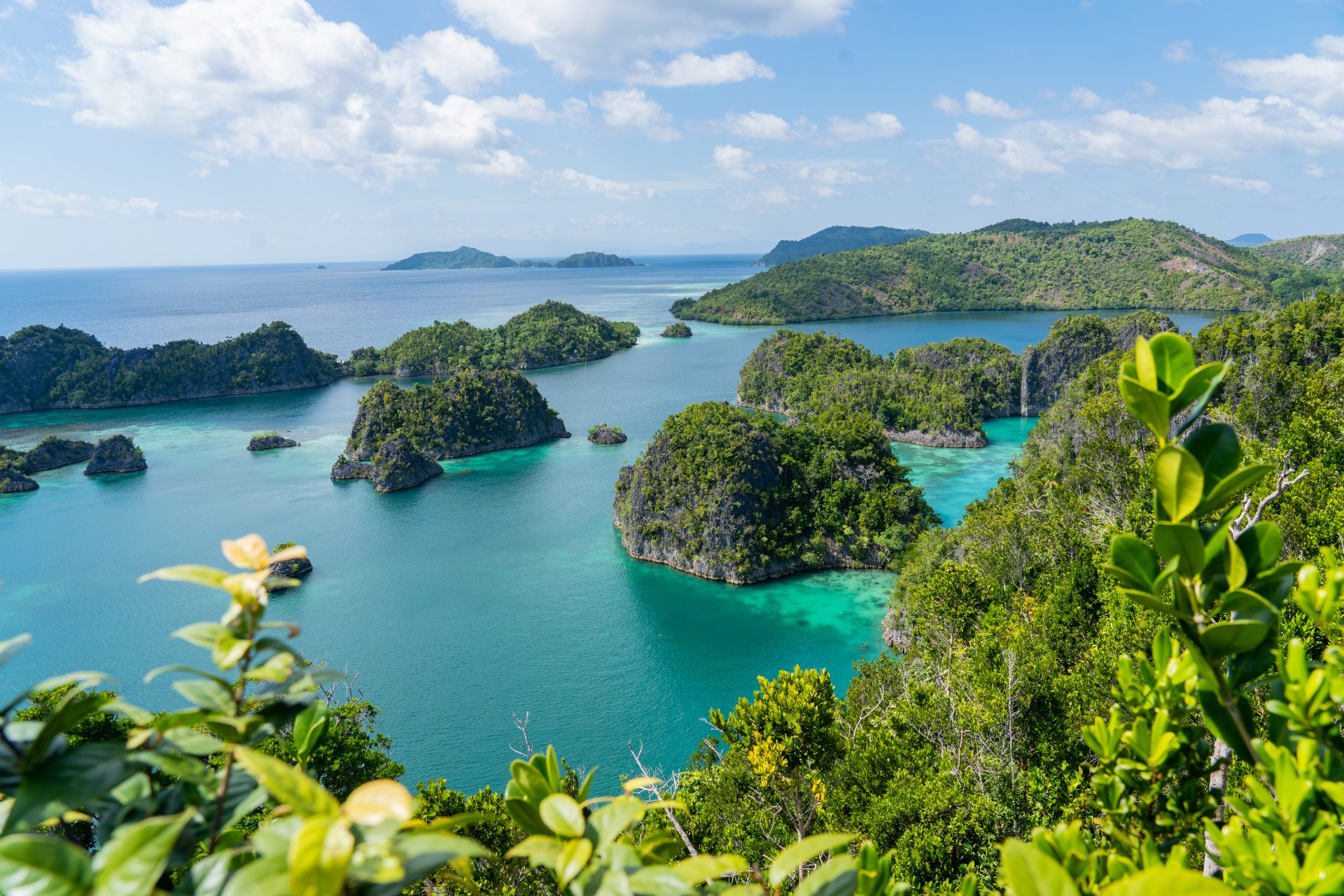
WHERE IS RAJA AMPAT?
Situated in the remote region of West Papua, Indonesia, Raja Ampat is world renowned for its unparalleled natural beauty. Its turquoise waters, lush rainforests, towering karst formations, and idyllic sandy beaches create a picturesque landscape that will leave you in awe.
The region is home to an astonishing array of marine life, making it a haven for snorkelers and divers. With vibrant coral reefs, over 1,700 fish species, and encounters with majestic creatures like manta rays, turtles, and sharks, Raja Ampat offers some of the world’s best underwater experiences.
WHEN IS THE BEST TIME TO VISIT?
The best time to visit Raja Ampat is during the dry season, which runs from October to April. However, diving and exploring are possible year-round. May to September brings more rain, but it also offers calmer seas and better visibility for underwater activities. Keep in mind that Raja Ampat is a popular destination, so booking accommodations and tours in advance is recommended.
Raja Ampat is also known to attract large numbers of manta rays. Visitors are able to scuba and snorkel with the majestic manta rays during manta season, which typically occurs between the months of October and April, with the peak time for sightings between November and February.
However, it’s important to note that marine life can be unpredictable, and the presence of mantas can vary from year to year. If encountering manta rays is a priority for your visit, it’s advisable to plan your trip during the peak season and consult with local dive operators or resorts for the most up-to-date information on manta ray activity.
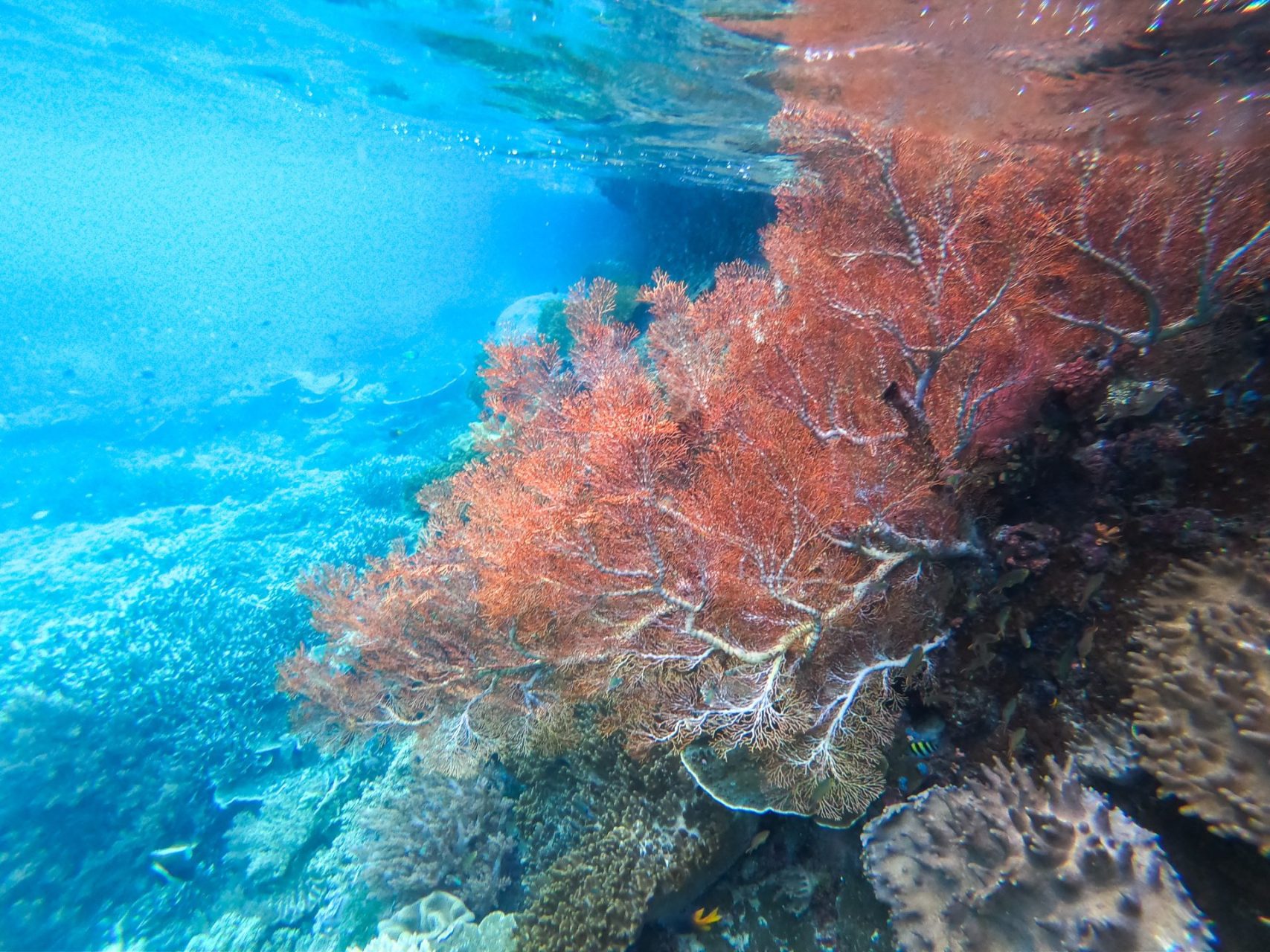
WHERE TO STAY?
The two main options for accomodation in Raja Ampat are liveaboard dive ships or local homestays. Choosing between a liveaboard and a homestay in Raja Ampat depends on your preferences, budget, and desired experience.
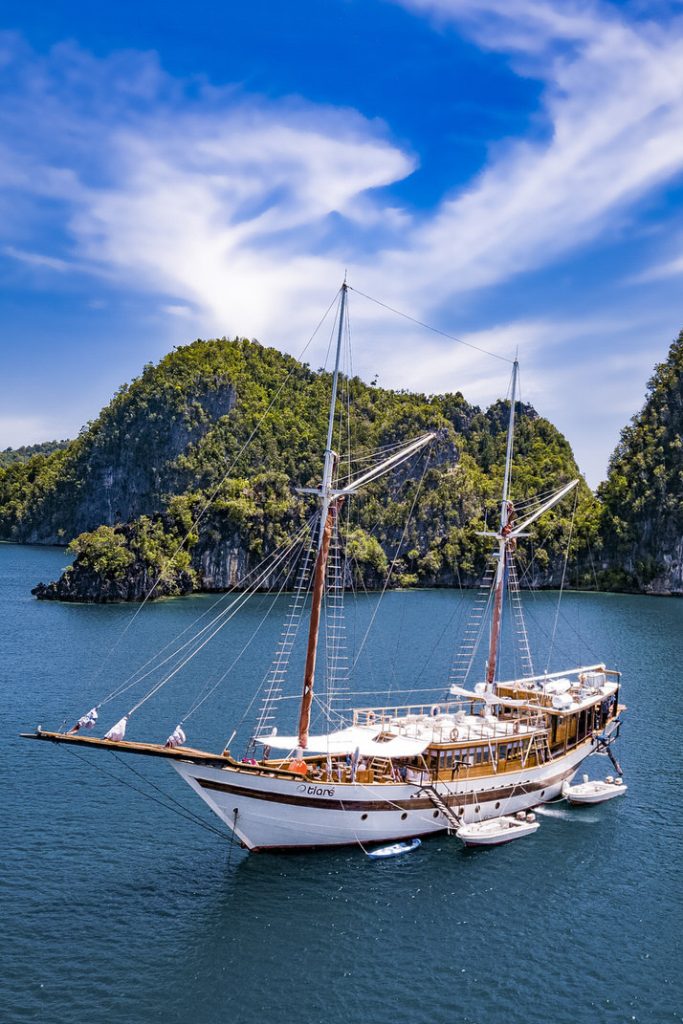
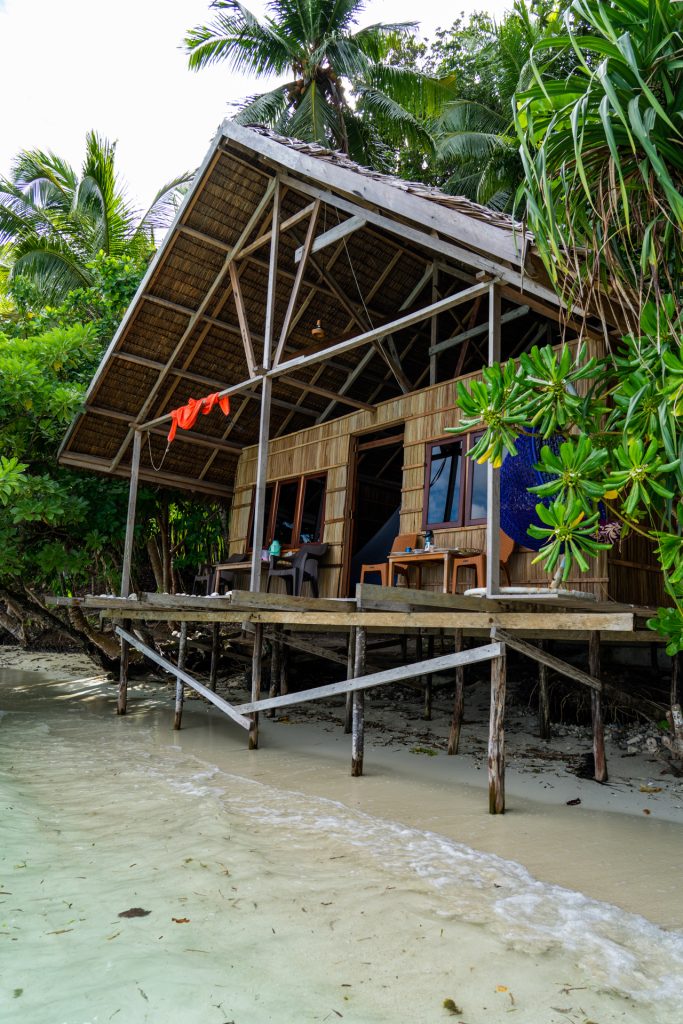
Below are some pros and cons of each option:
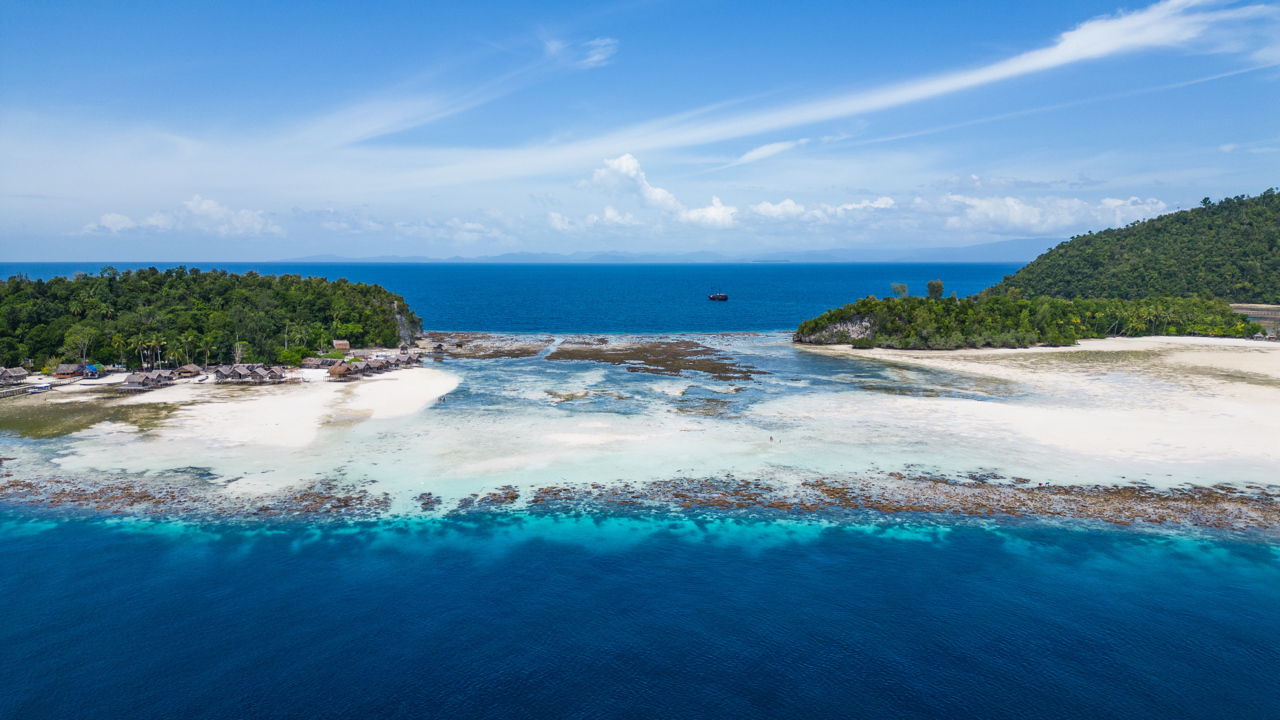
LIVEABOARD PROS
- Mobility – Liveaboards allow you to explore different dive sites and remote locations in Raja Ampat, as they offer a floating accommodation that moves from place to place.
- Diving Convenience – Liveaboards are ideal for avid divers, as they provide easy access to multiple dive sites, often including more secluded and less crowded spots.
- Full-Service – Liveaboards usually offer a full-service experience, including meals, equipment, and experienced dive guides.
LIVEABOARD CONS
- Limited Land-based Exploration – Since liveaboards are primarily focused on diving, you may have limited opportunities to explore the islands, local communities, and non-diving activities.
- Motion Sickness and Space – Living on a boat means you’ll be constantly in motion, which can be challenging for those prone to seasickness. Additionally, cabin space may be smaller compared to land-based accommodations.
- Higher Costs – Liveaboard trips tend to be more expensive compared to staying in homestays or resorts on the islands.
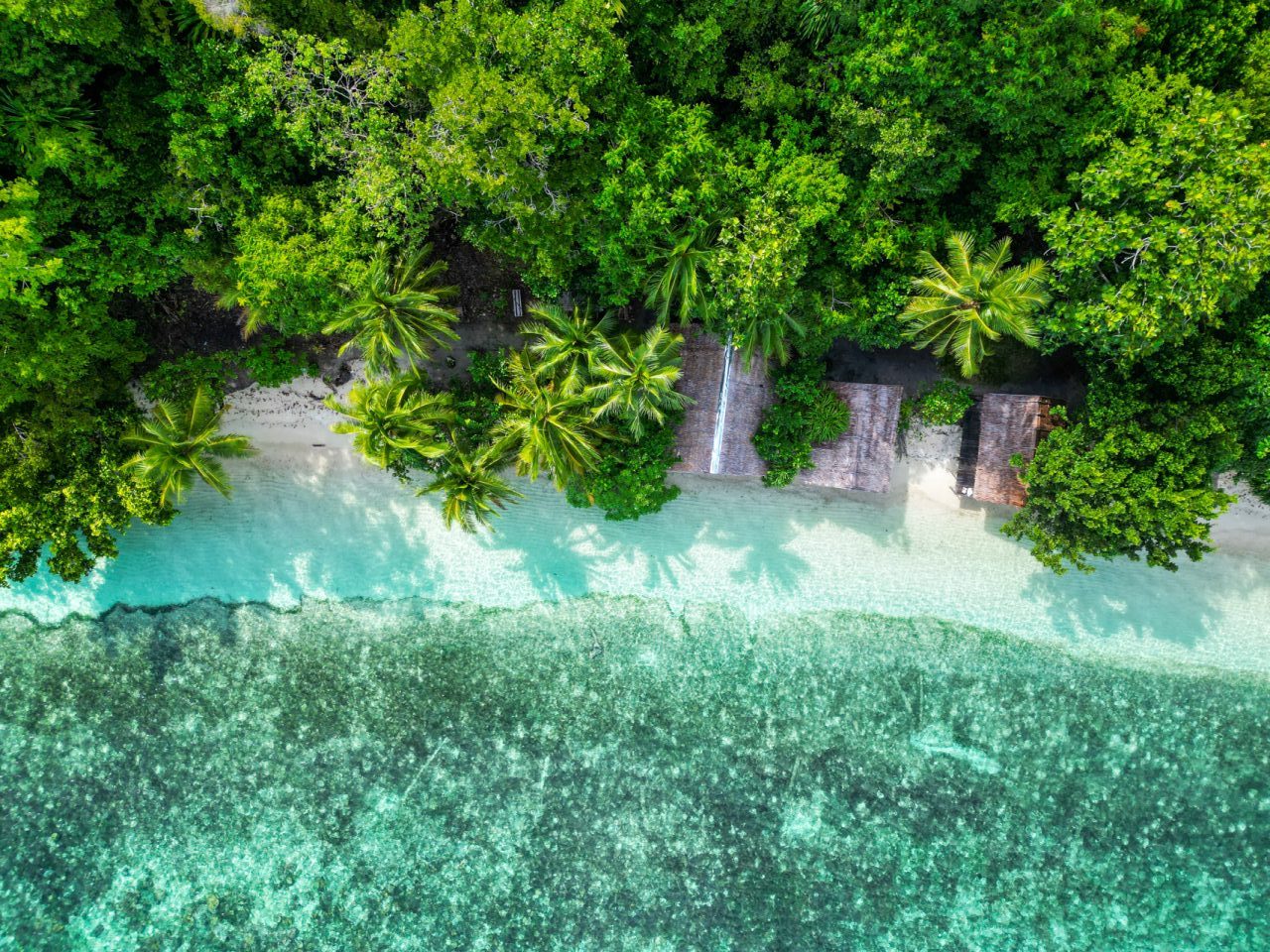
HOMESTAY PROS
- Cultural Immersion – Staying in a homestay allows you to experience the local culture and interact with the Papuan people, providing a more immersive experience.
- Cost-Effective – Homestays are usually much more budget-friendly compared to liveaboards or resorts, making them a great option for travellers on a tighter budget.
- Flexibility – You have the freedom to explore the islands at your own pace, engage in activities like hiking, snorkelling, village visits, and beach relaxation, and customise your itinerary.
- Support Local Communities – By choosing a homestay, you contribute directly to the local economy and support the livelihoods of the Papuan communities.
HOMESTAY CONS
- Limited Dive Sites – If diving is your main focus, homestays may have limited access to dive sites, and you may need to rely on local dive operators or travel to designated dive centers.
- Basic Amenities – Homestays generally provide basic facilities and amenities, so if you prefer more luxurious accommodations or specific amenities, this may not be the best option.
- Language Barrier – Communication may be more challenging in homestays, as English proficiency among the hosts may vary.
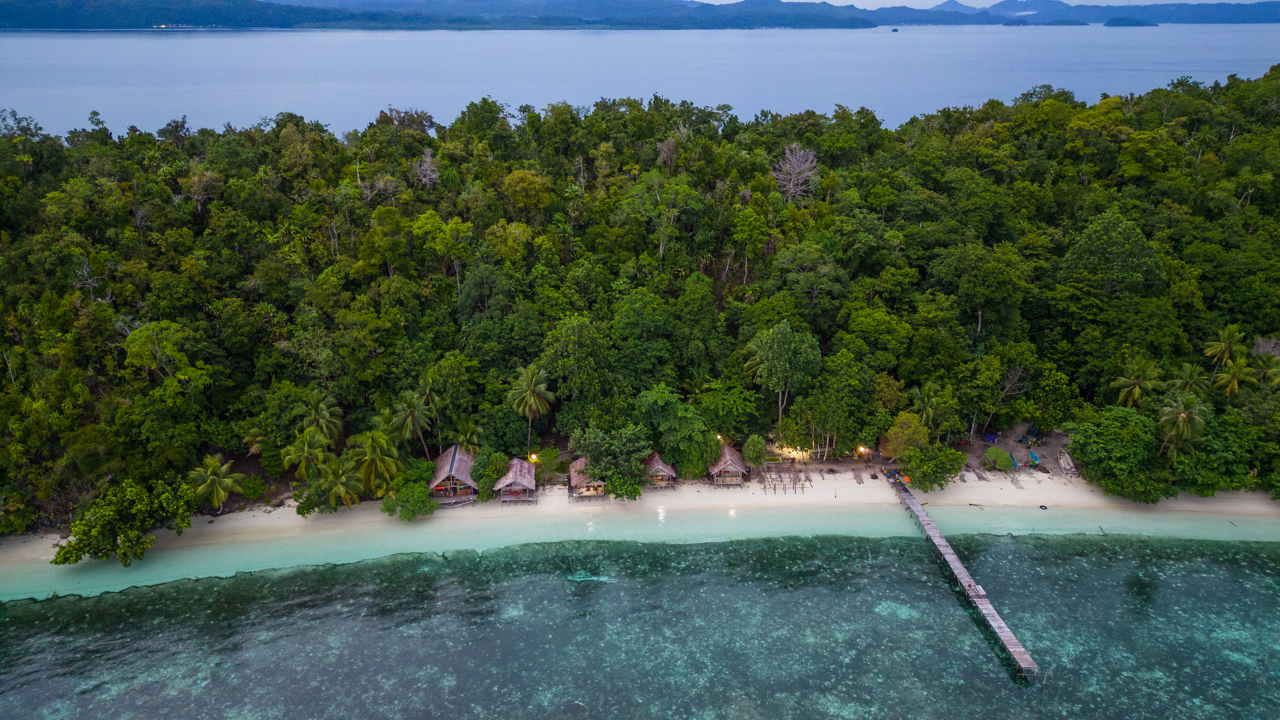
We chose to stay at a local homestay – Lumba Lumba Guest House on Kri Island. The homestay owner, Dedy, is also a local dive guide and spoke English, so we felt like we had the best of both worlds! He took us to some amazing dive sites, but we also got the freedom, space, and flexibility of staying on an island instead of aboard ship. The best way to book a local homestay is through the Stay Raja Ampat Portal.
Ultimately, the choice between a liveaboard and a homestay depends on your priorities, budget, and travel preferences. If diving is your main focus and you prefer convenience and exploring remote locations, a liveaboard may be the ideal choice. On the other hand, if you seek a more cultural immersion, flexibility in your itinerary, and a budget-friendly option, a homestay can offer a unique and enriching experience.
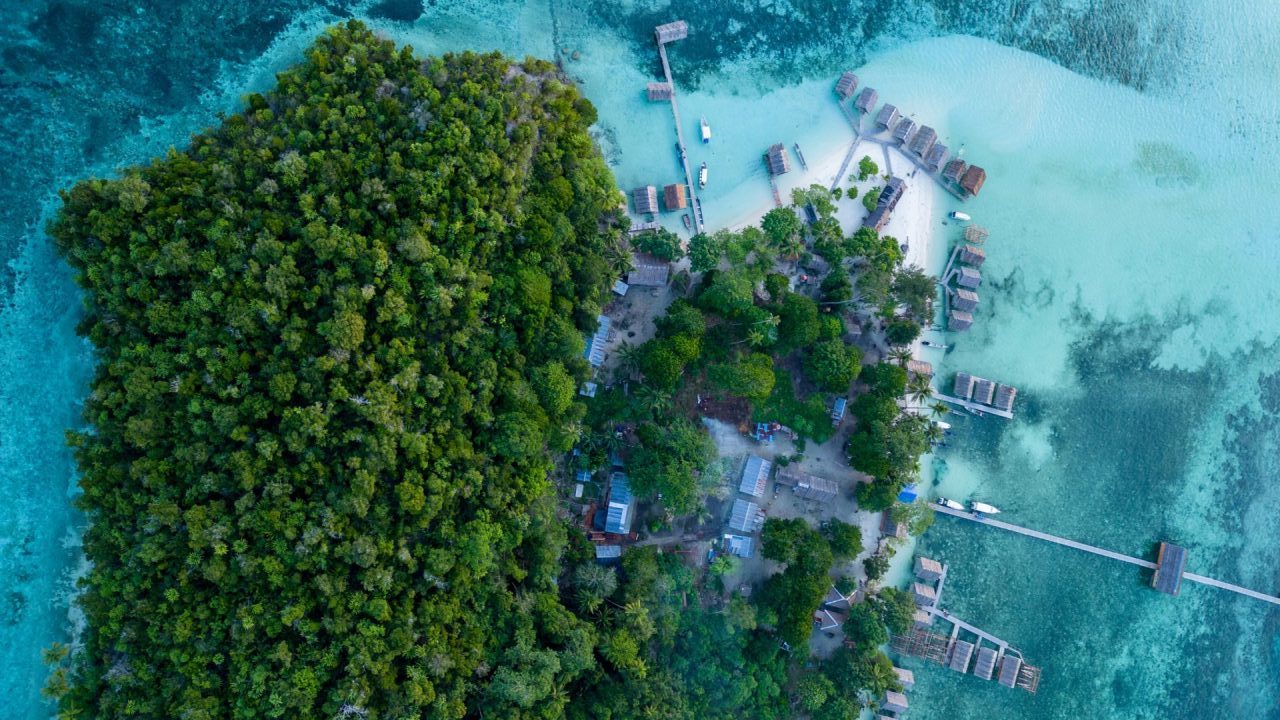
HOW DO I GET THERE?
Due to its remote location in West Papua, it is no easy feat to get to Raja Ampat. The gateway city to the islands is called Sorong. The Sorong Airport is only a domestic airport, so if you’re coming from abroad you must fly into an Indonesian international airport, such as Jakarta or Makassar, and then transfer to Sorong. It’s important to note that Bali does not have direct flights to Sorong.
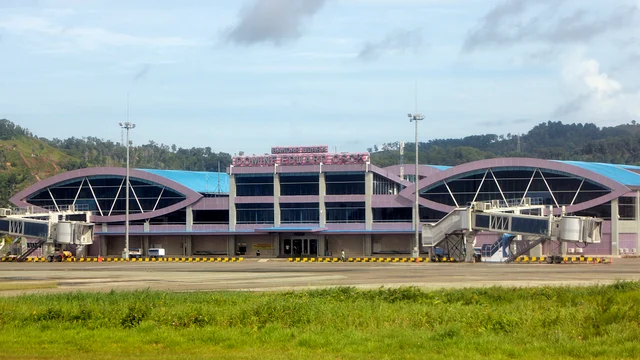
From the Sorong airport, take a 15 minute taxi ride (or the local bus) to the Sorong Port. From the port, you need to catch the ferry to Waisai, the capital of Raja Ampat. There are two daily express ferries from Sorong to Waisai and Waisai to Sorong. These take around 2 hours and departs daily at 9 am and 2 pm, from both ports. There is no online or booking system yet in place for buying the ferry tickets, you just show up at the port and buy them at the counter. The ferry tickets cost 125,000 IDR/person ($8.30 USD) for the economy class.
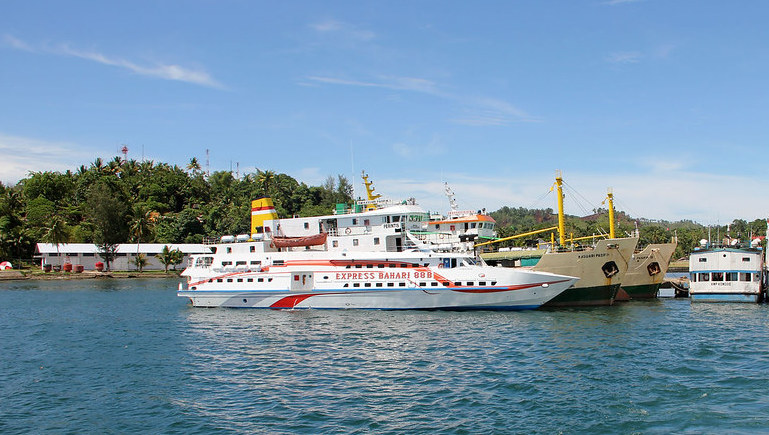
The boat transportation for the final stretch between Waisai and your homestay/liveaboard needs to be arranged with your homestay owner in advance. Most of the islands are around a 45-60 minute boat ride away from Waisai, and the price for pickup is quite steep. The cost for one way transportation from Waisai to the islands is a flat rate of 600,000 IDR ($40 USD) per boat, so try and find other people that are going to the same island to share a boat with & split the costs. You can also ask your homestay owner in advance if anybody else from the same homestay is arriving that day, so that you can all share the cost of transfer.
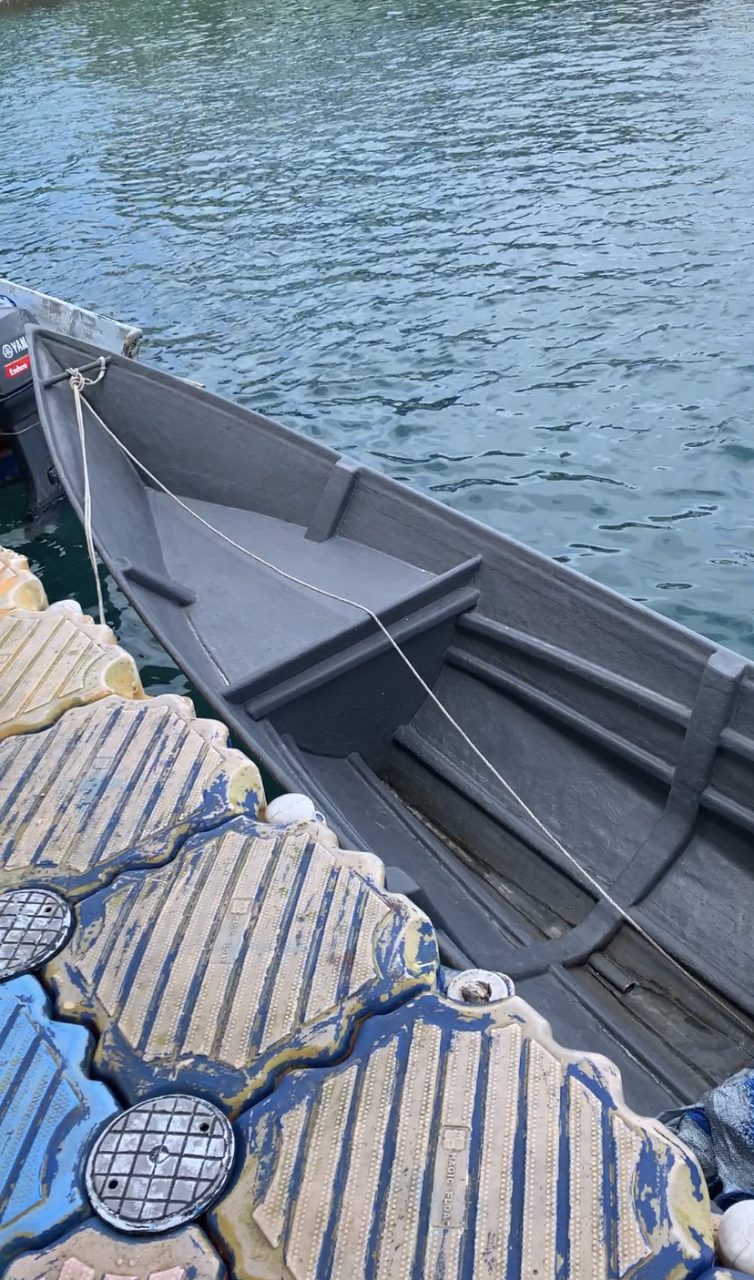
RAJA AMPAT VISITOR ENTRY TICKET
When you arrive at the ferry port in Waisai, all tourists must pay a 300,000 IDR/person fee ($20 USD), which helps to provide for the installation and maintenance of tourism infrastructure. This fee can theoretically be paid in cash or card, but when we went the credit card reader was broken so make sure you have enough cash just in case.
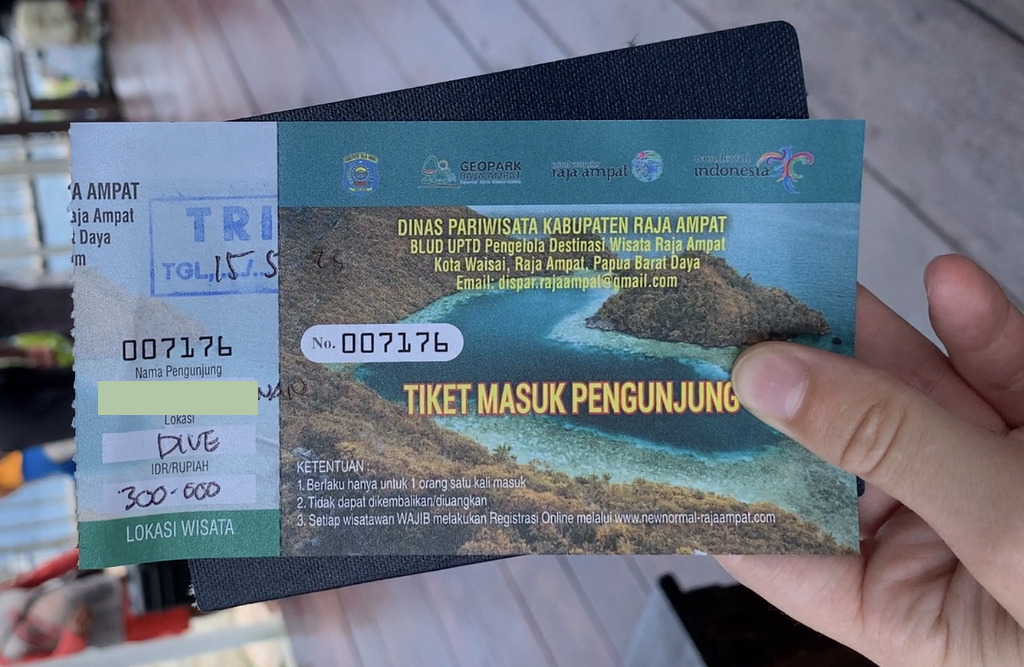
MONEY ON RAJA AMPAT
There are no ATMs on the islands in Raja Ampat so make sure you bring enough cash to pay for the visitor entry ticket, two way Waisai transfers, and any scuba diving/extra excursions you might want to do while visiting. The daily withdrawal limit on Indonesian ATMs are quite low, so make sure you plan for that and take out enough cash to cover your trip. There are ATMs at the Sorong Airport, and a few in Waisai (but they’re not at the harbour).
Wise is getting more and more popular to pay for goods and services in Indonesia, so we were able to pay our homestay with Wise for our scuba diving and other excursions. Make sure you check with your homestay before arriving if they are able to take Wise payments.
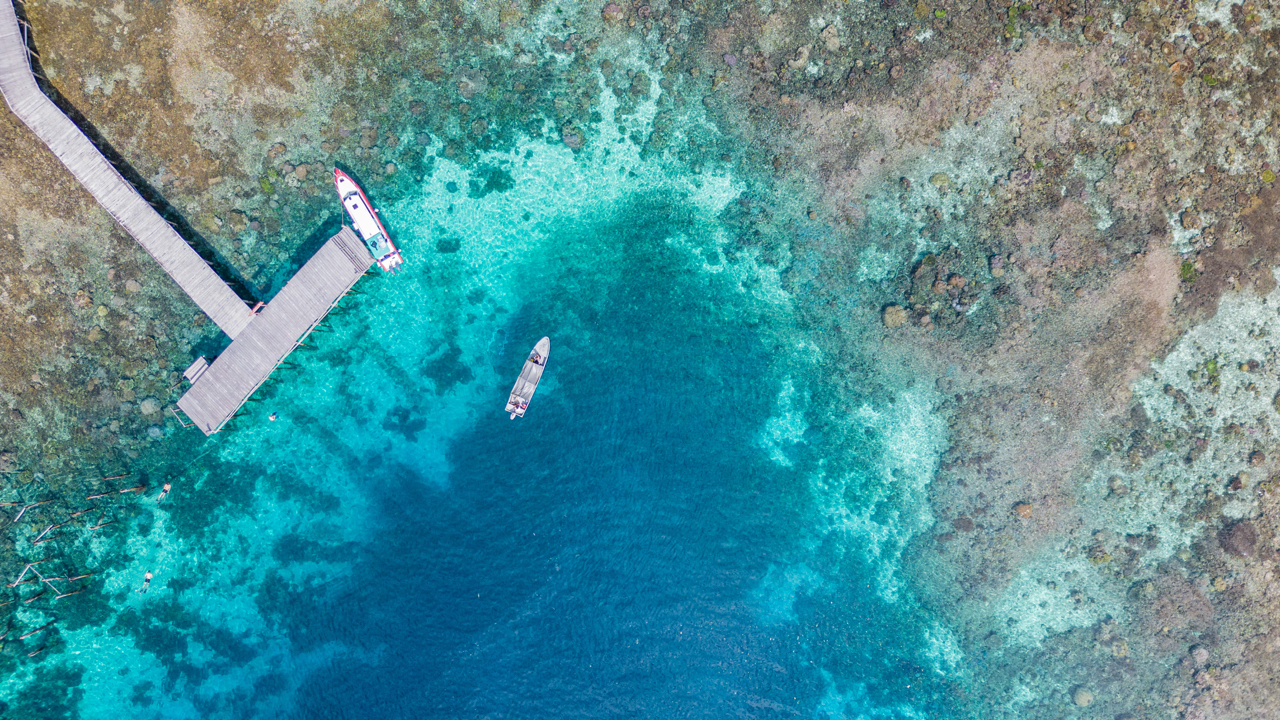
LIFE IN THE HOMESTAYS
All the homestays in Raja Ampat are generally full board, meaning they provide you 3 meals a day included in your reservation. The meals at our homestay were absolutely delicious. We had a wide array of fish, fresh veggies, rice, tempeh, chicken, and potatoes for most meals. Our homestay also provided drinking water, hot tea & coffee.
There are absolutely no stores on most of the islands, so make sure you bring in any snacks you may want/need!
*IMPORTANT NOTE – we had little creatures gnaw through our snacks while we were sleeping, so if you bring snacks keep them tightly packed away in your bag!*
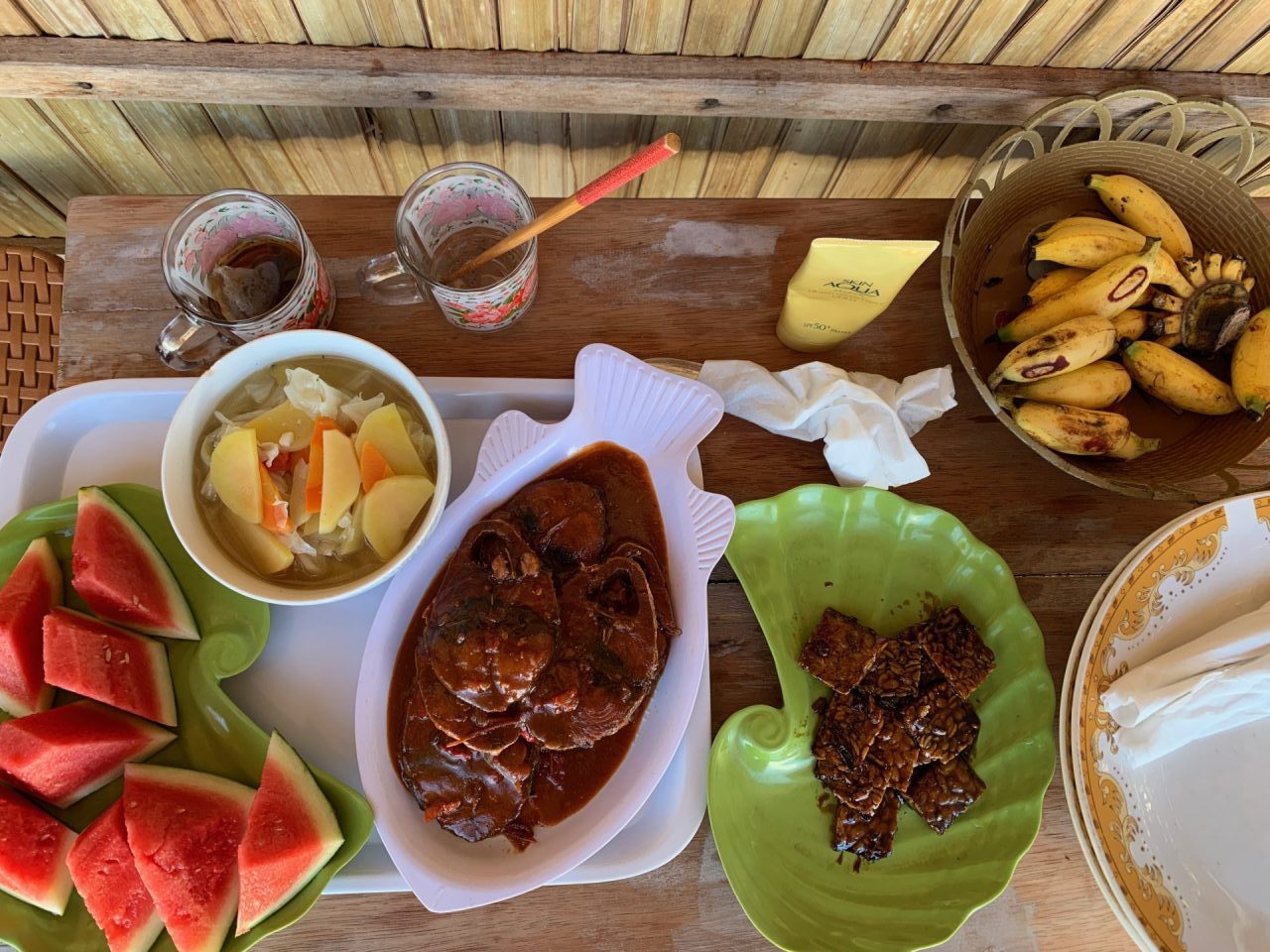
There is no running water in most of the homestays, so the showers and toilet flushing are a traditional bucket style. Bring your own shampoo & conditioner as this is generally not provided.
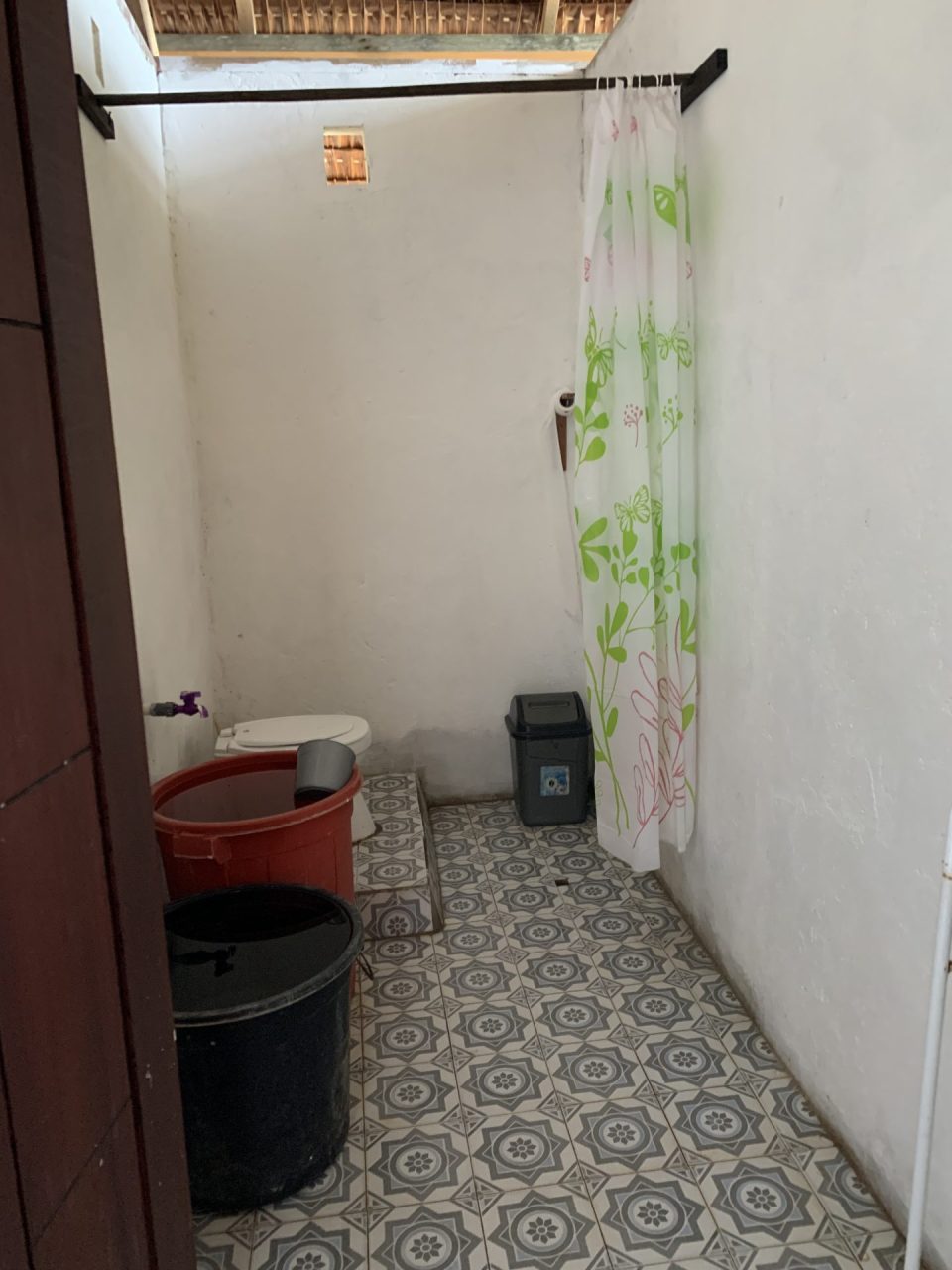
Bug spray is a must! There are tons of little flies and mosquitos, so bring a good bug spray. We were told by a local guide in Malaysia that the best bug spray is a natural Citronella bug spray. We picked some up before our trip to Raja Ampat and it worked amazingly! It not only keeps mosquitos away, but other bugs too.
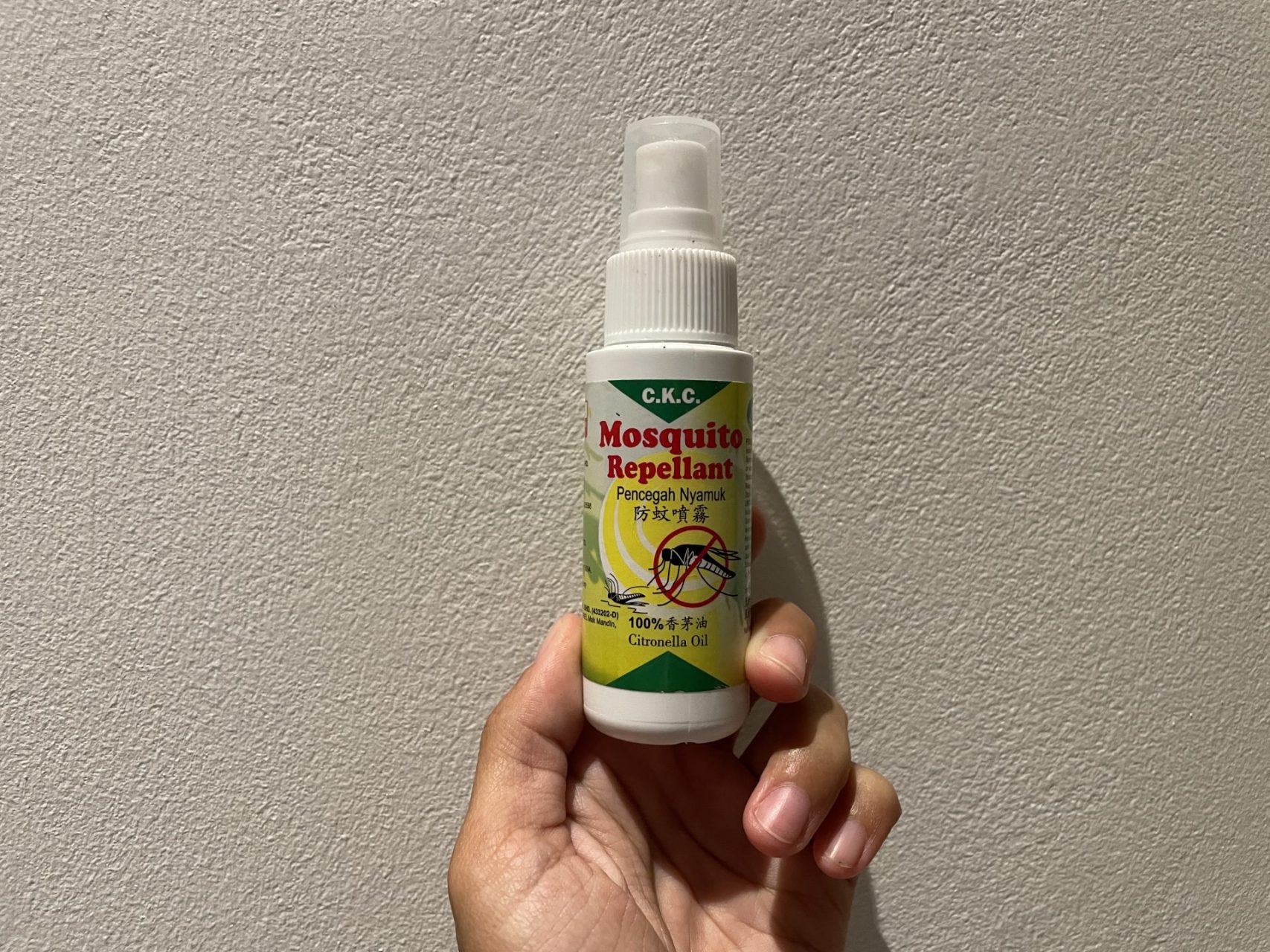
The islands run on generators, so power is only on for a few hours per day. Usually the power will come on around 6 pm, and go off again around midnight/1 am.
Bring a good power bank as a backup charge for your devices. We use this one from Anker, which is not only capable of charging our phones, but also our laptops, camera, drone, and GoPro.
Another good travel hack is to bring a lightweight travel extension cord like this one, so that you can plug in multiple devices to charge while the power is on. The Indonesian outlets are two pronged, so bring a good international travel adapter like this one.
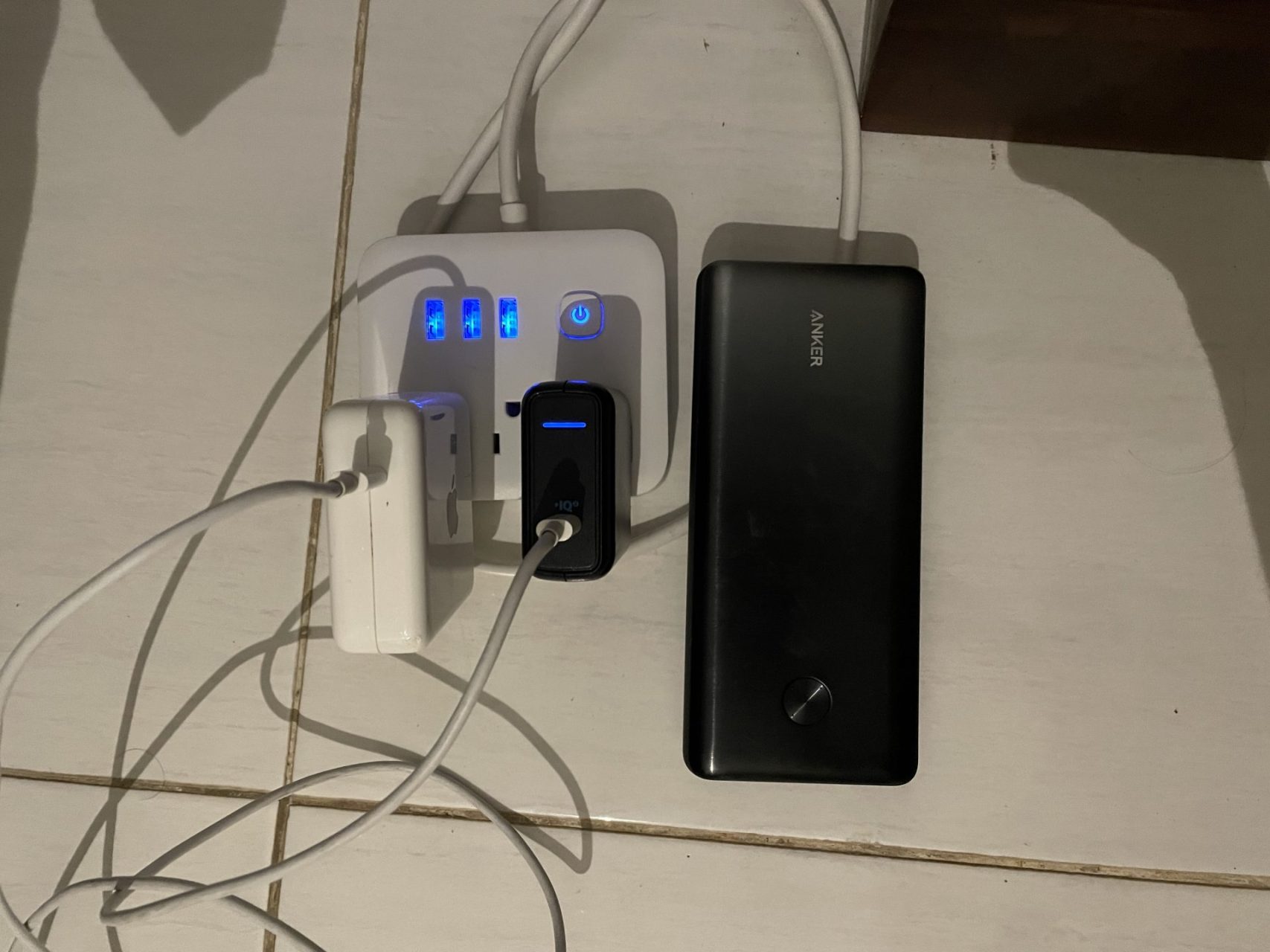
CONNECTIVITY
Due to the remote location, most of the islands don’t have wifi. However, there is acceptable phone service in some of the islands. We stayed on the south side of Kri Island, which had decent 4G signal. We bought our 40 GB sim cards through Telkomsel at the Sorong Airport, which cost us 175,000 IDR/person (11 USD) and would be active for the whole month we were going to be in Indonesia. If you’re there for a shorter period of time, you’re able to pick up cheaper sim cards with less data. Telkomsel is the only cell service provider that has service in Raja Ampat, so if you’re starting your trip elsewhere in Indonesia, make sure you get a Telkomsel sim card if you want connectivity on the islands.
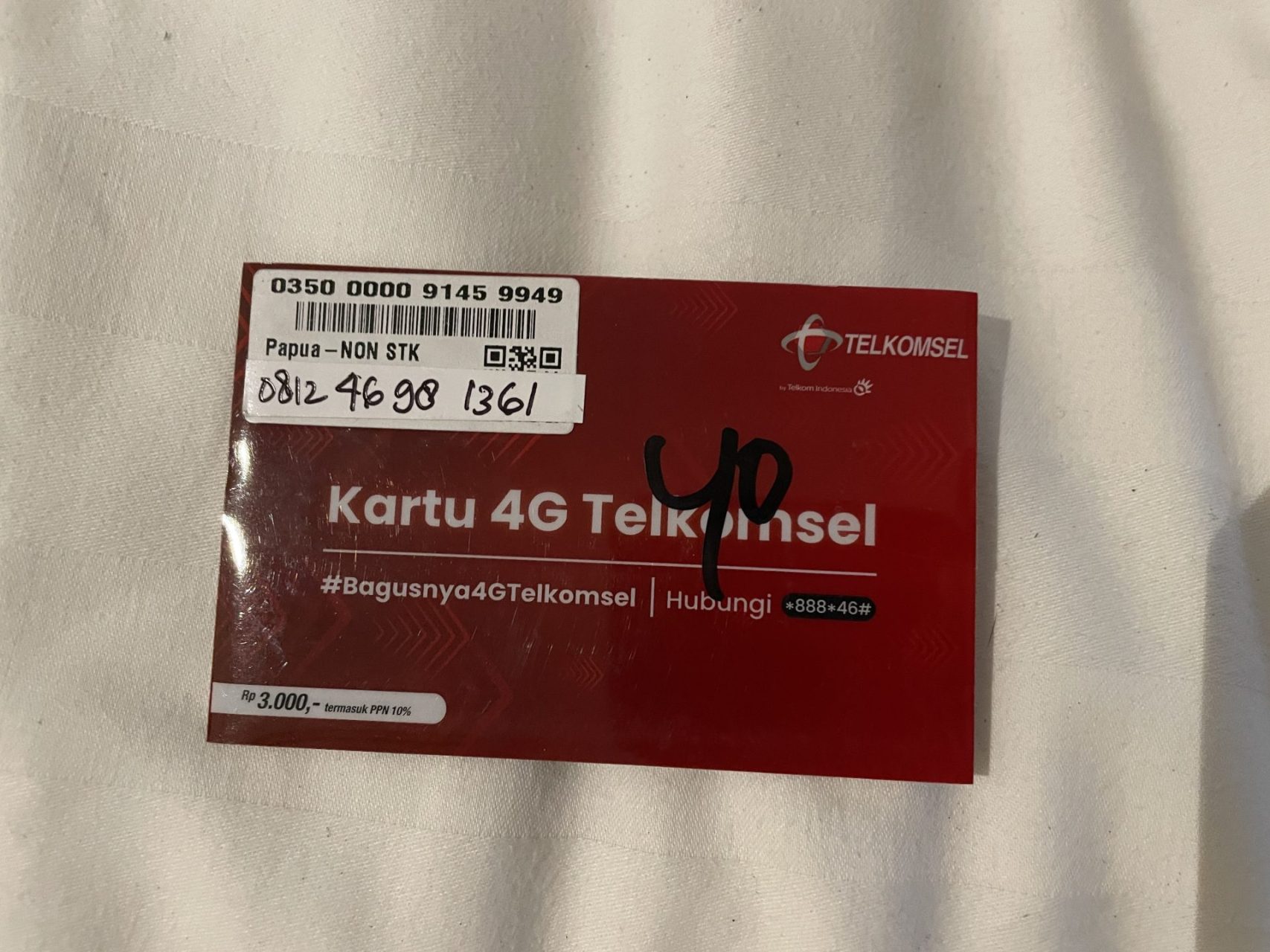
THINGS TO DO
Raja Ampat is a water lover’s paradise. Expect to spend just as much time underwater as you do on land when you’re visiting!
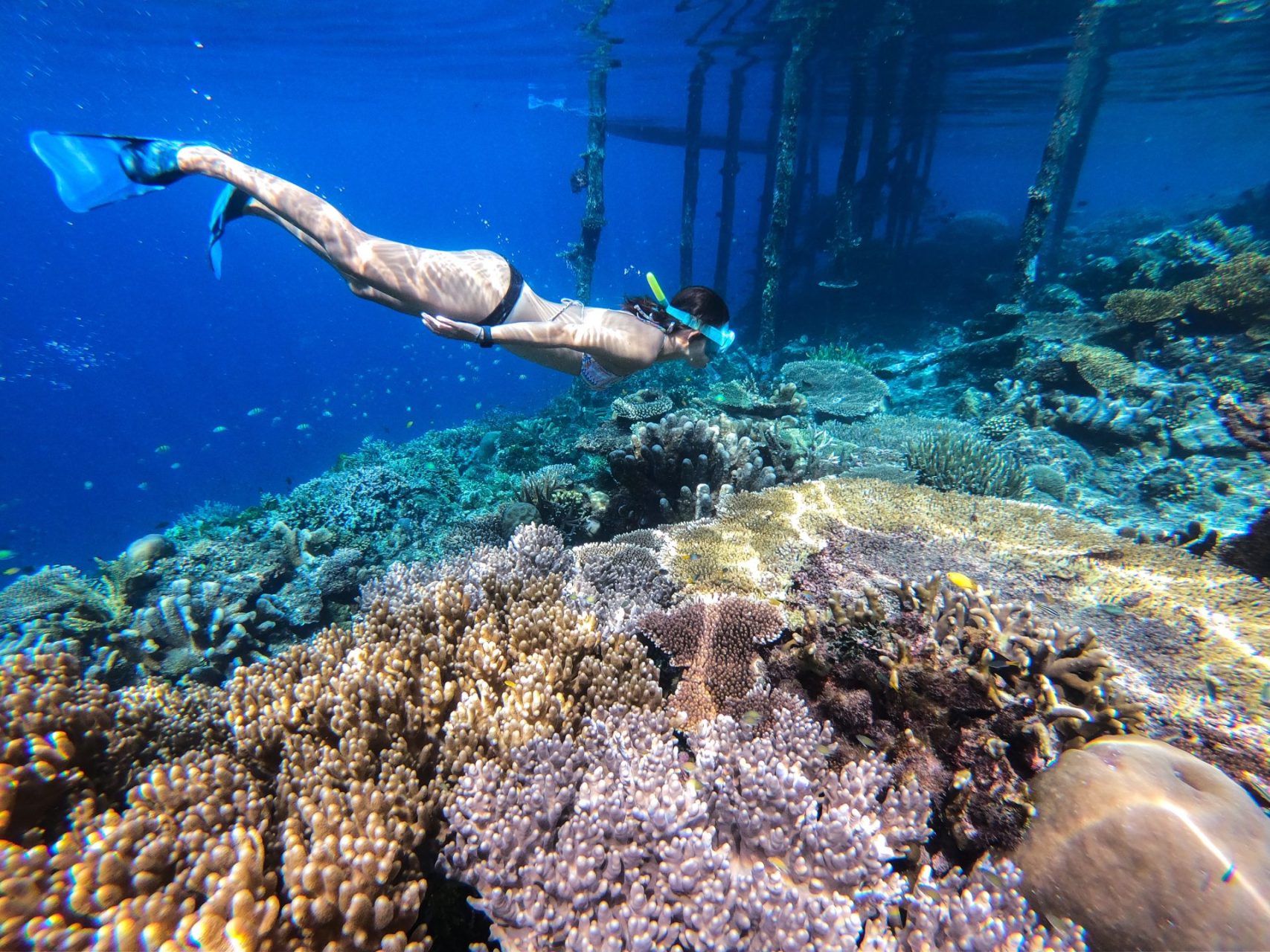
SNORKELLING
Even if you’re not scuba certified and would prefer to stay on the surface, the snorkelling in Raja Ampat is out of this world. The coral is incredibly healthy and vibrant, and there are so many different species of fish, sharks, and turtles to see just off the house reefs of the islands. Pack your own snorkel & fins or organise a rental with your homestay for full freedom and flexibility to dive in!
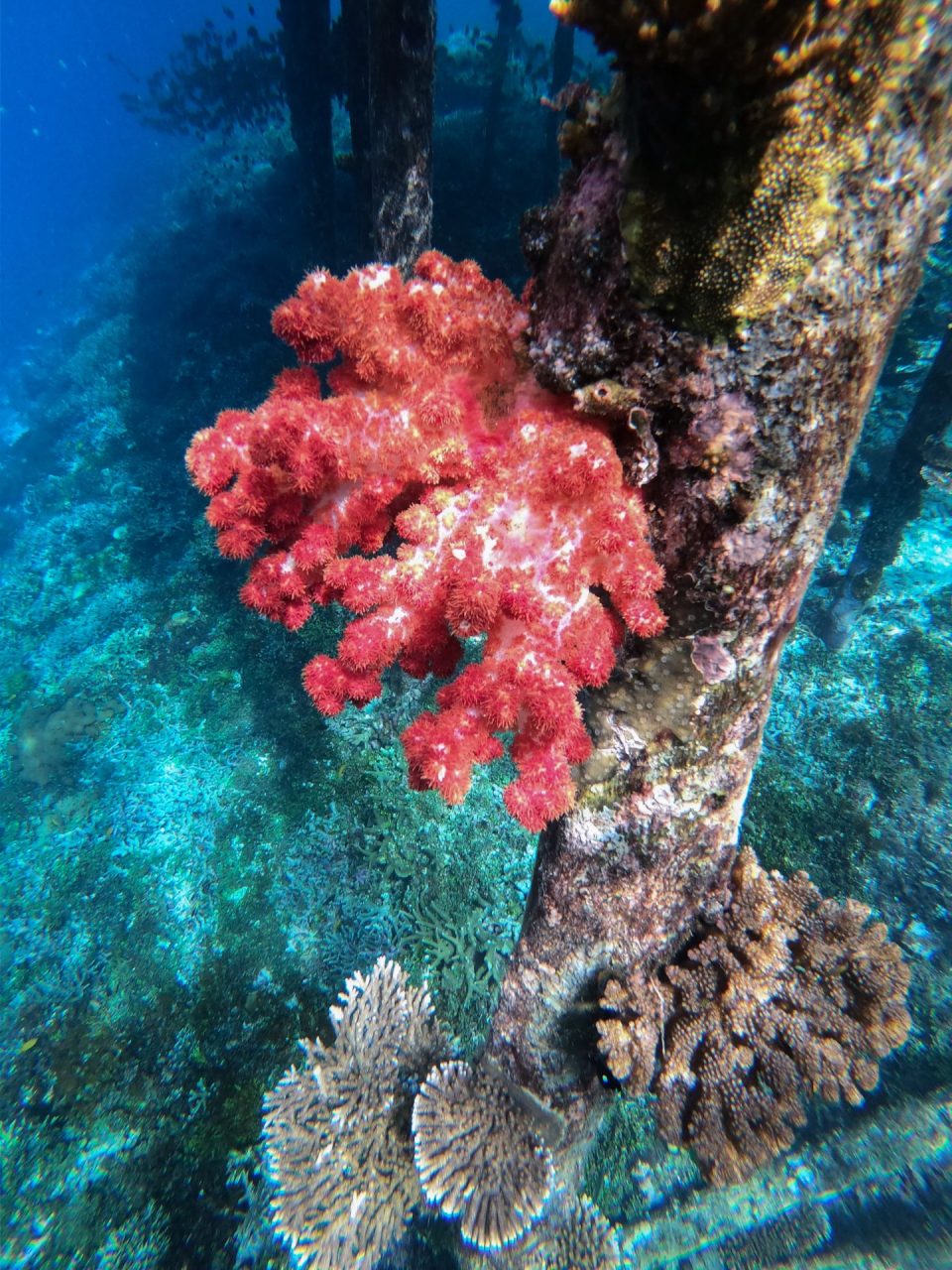
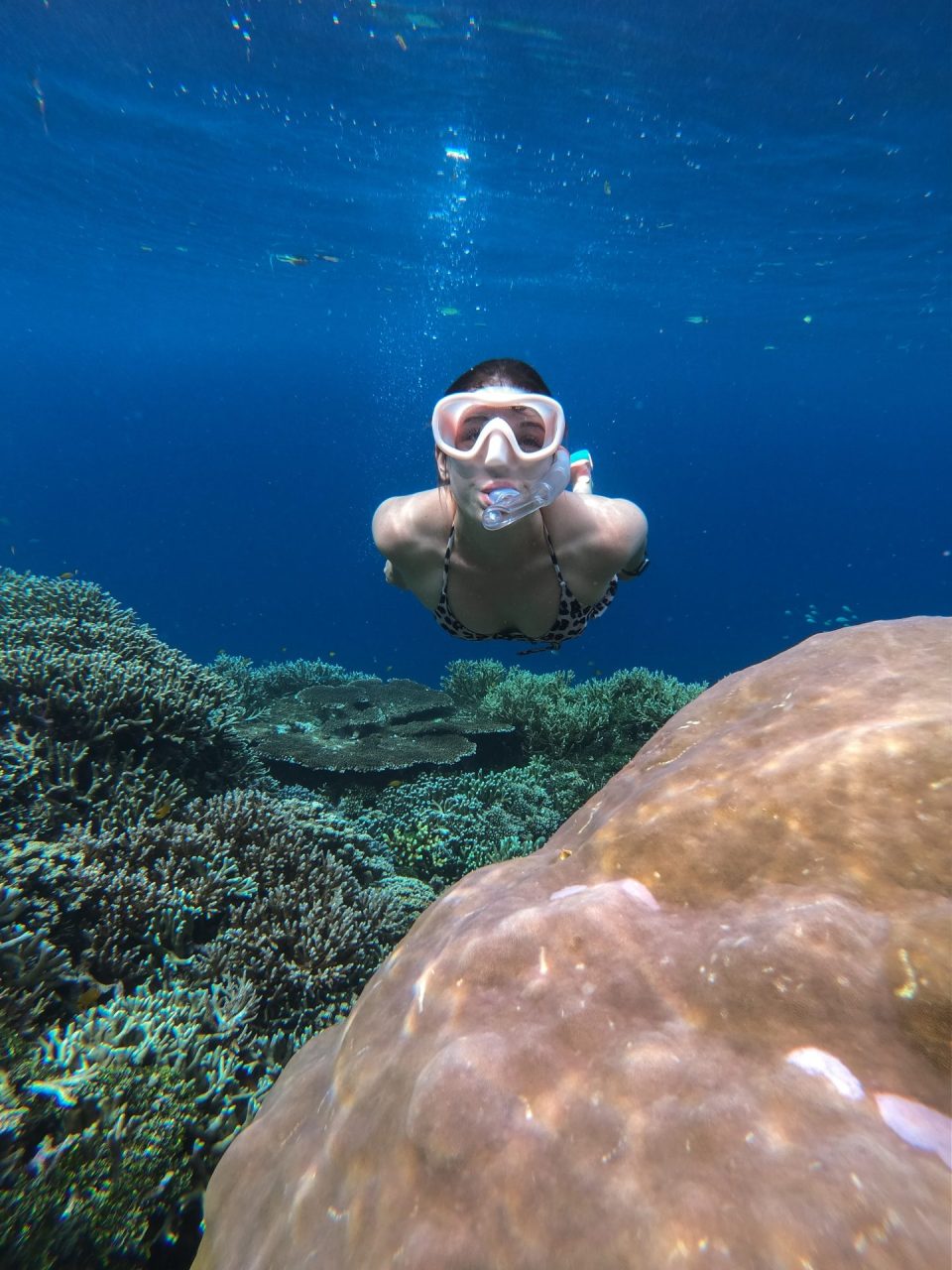
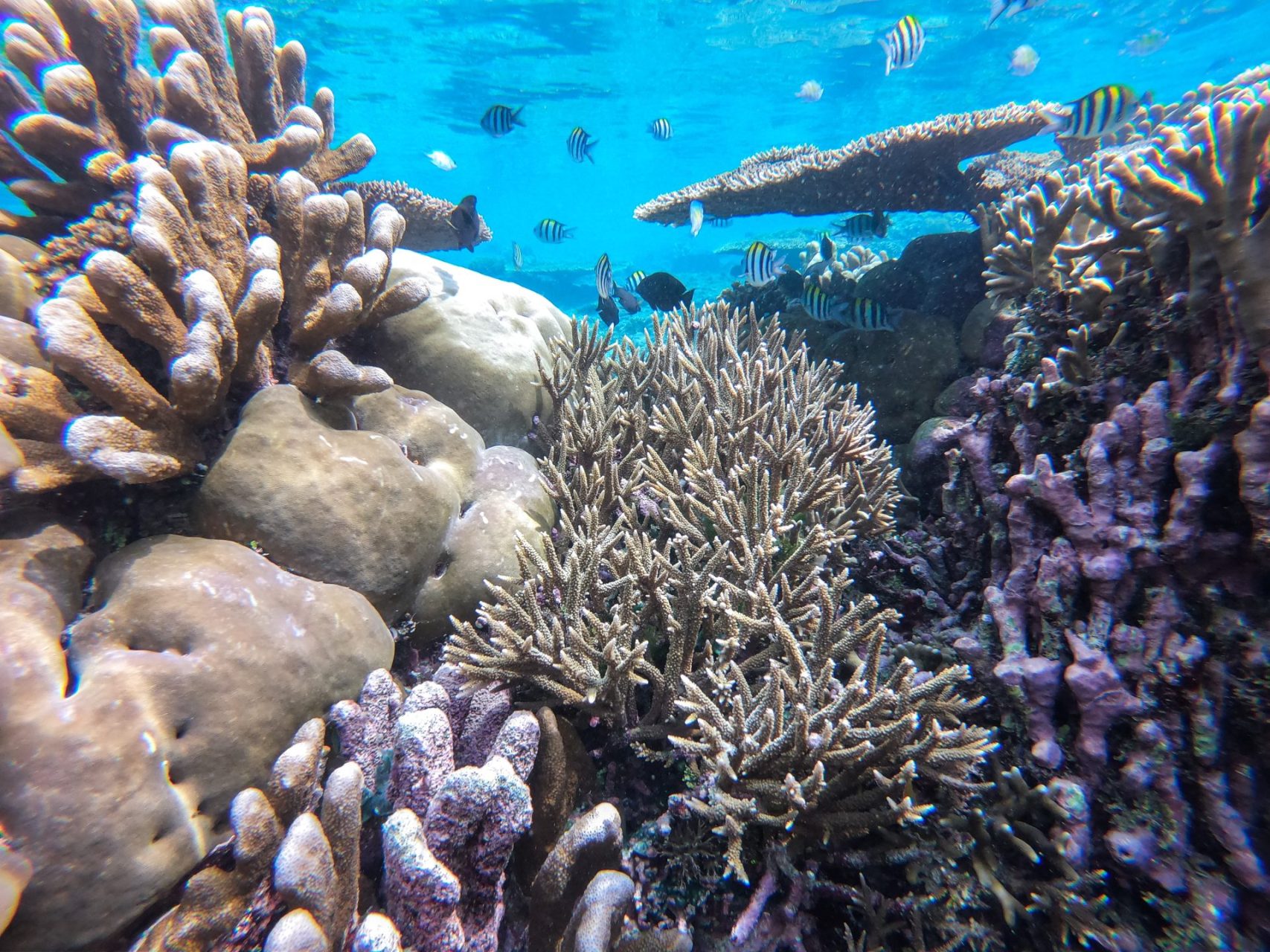
DIVING
Explore the incredible underwater world of Raja Ampat by diving in iconic sites like Cape Kri, Chicken Reef, and Manta Point. Don’t miss the chance to encounter diverse marine life and witness the famous “manta ray cleaning stations.”
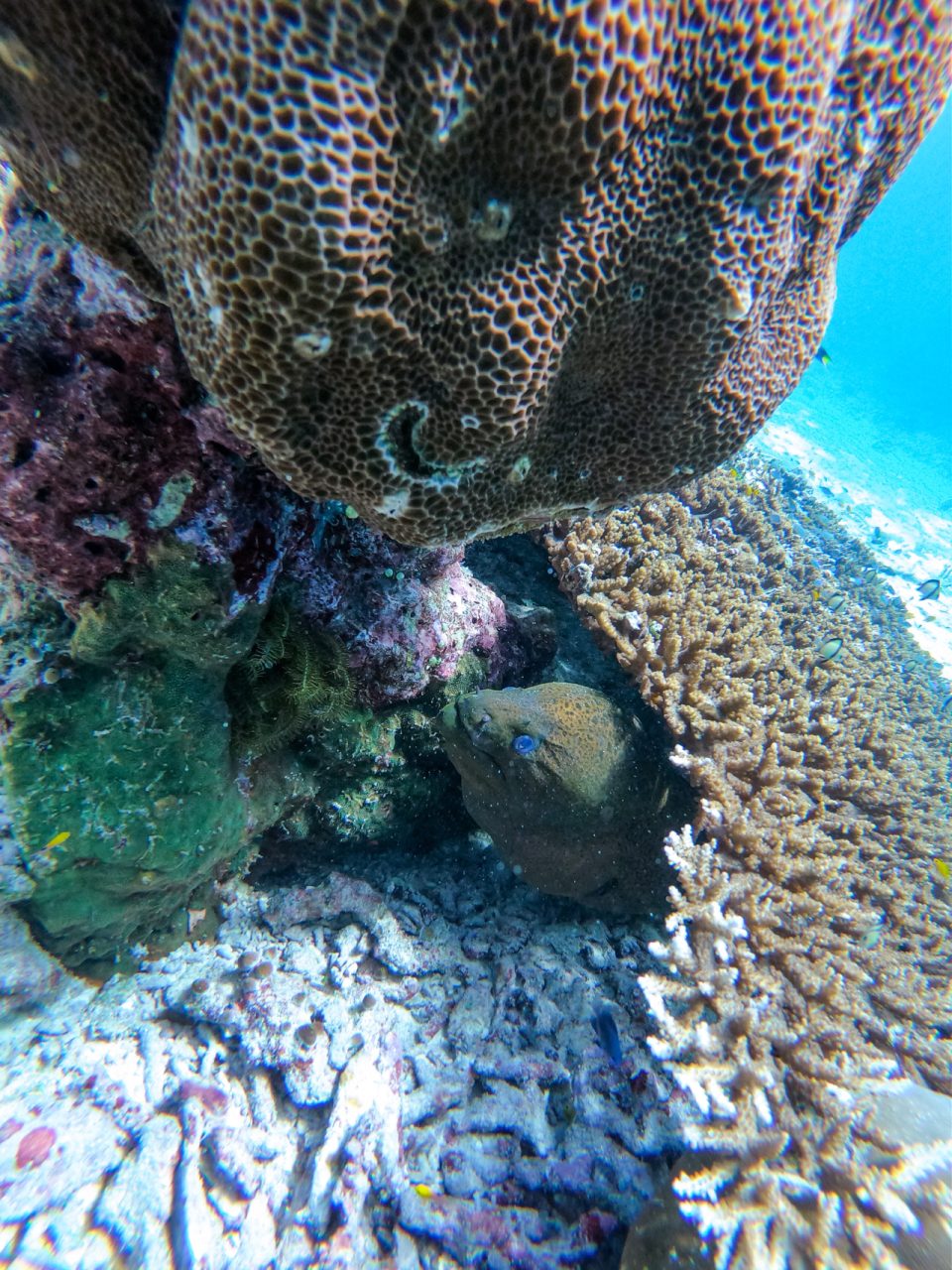
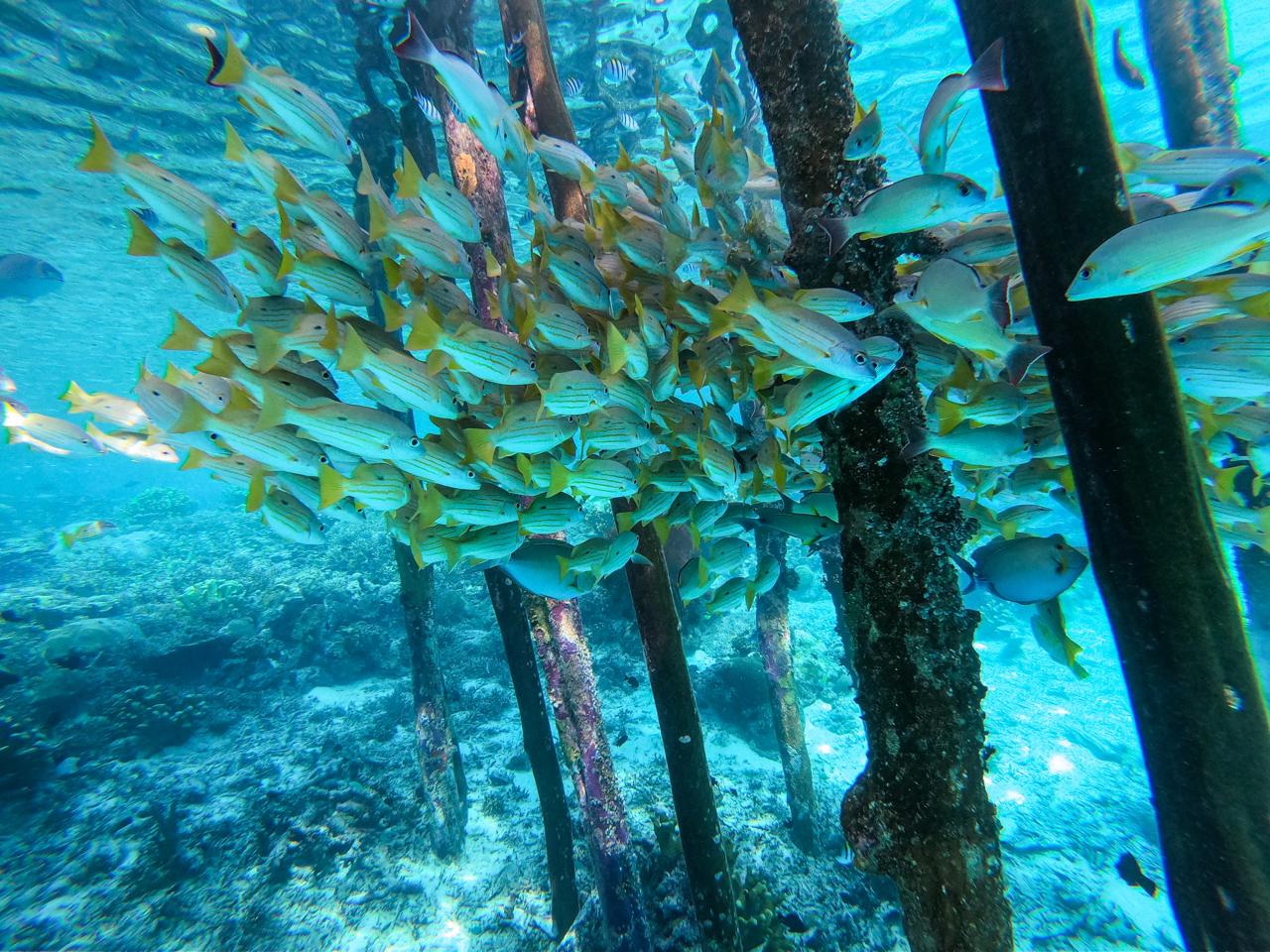
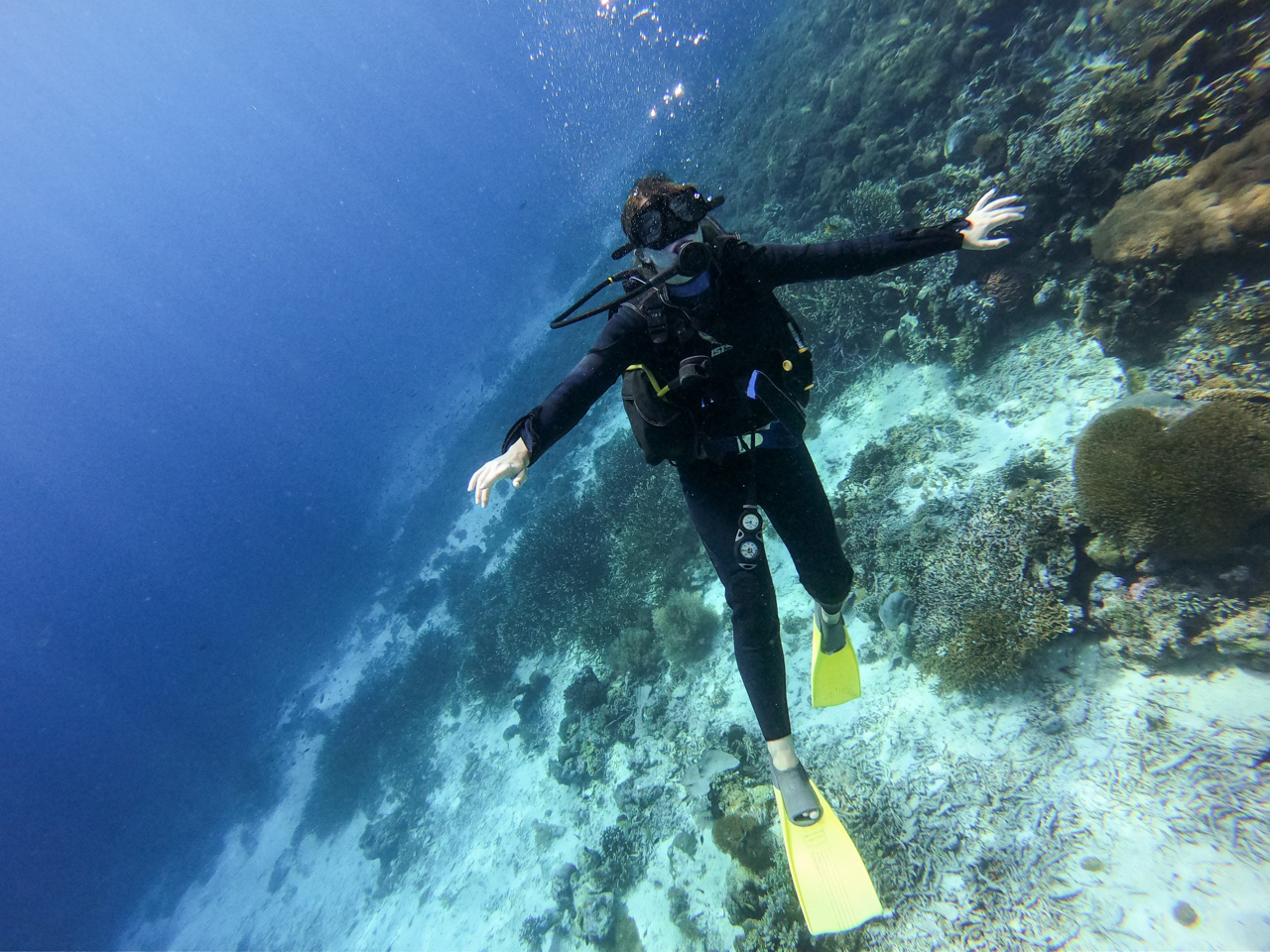
DAY TRIP TO PIAYNEMO
An absolutely stunning viewpoint, Piaynemo, offers a mesmerising landscape of karst islets, emerald lagoons, and vibrant coral reefs. Climbing the viewpoint’s stairs rewards you with a postcard-worthy view.
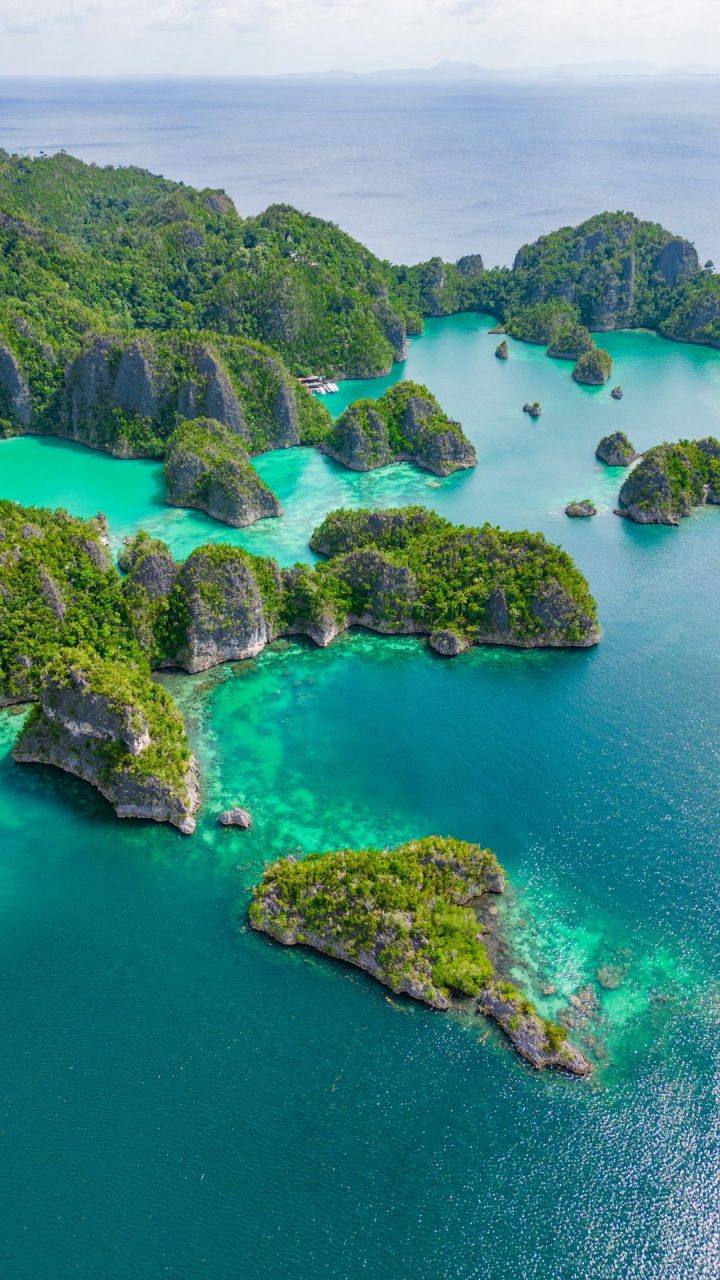
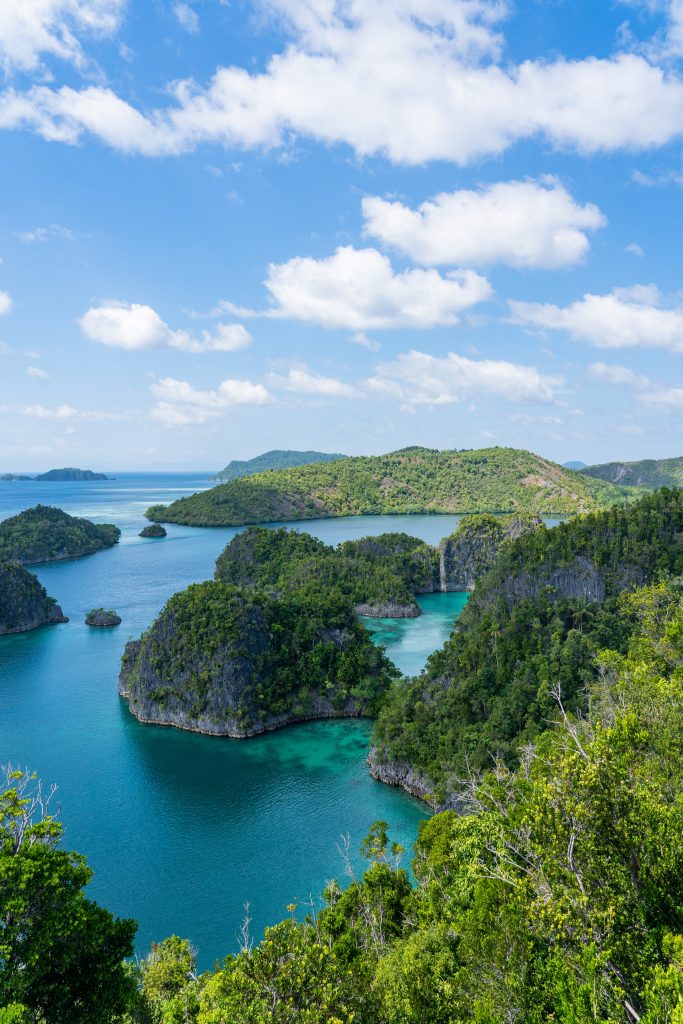
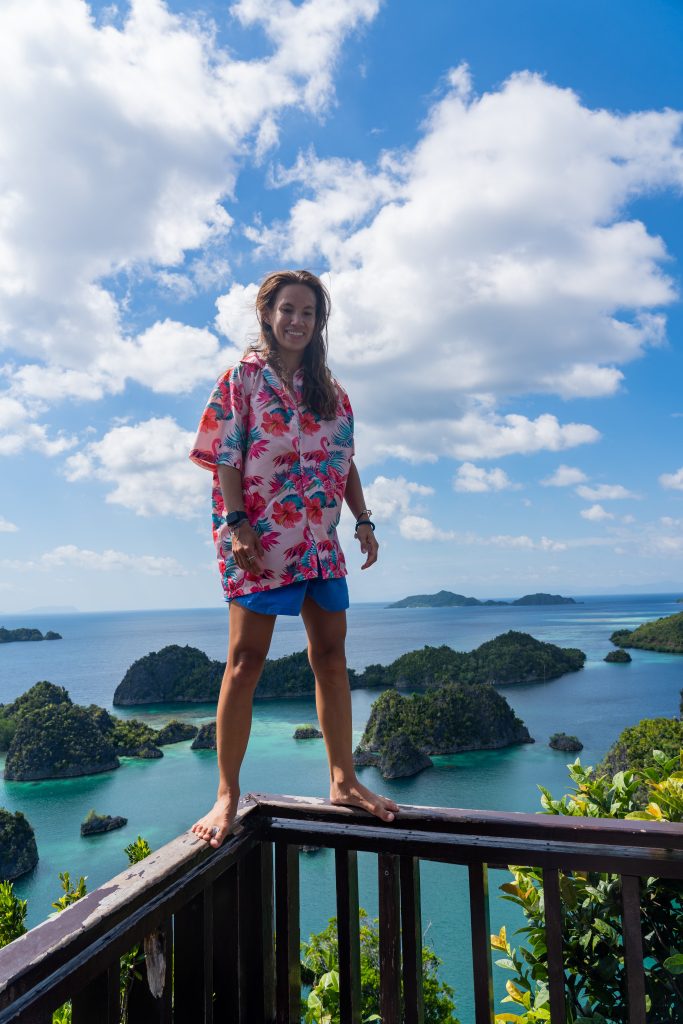
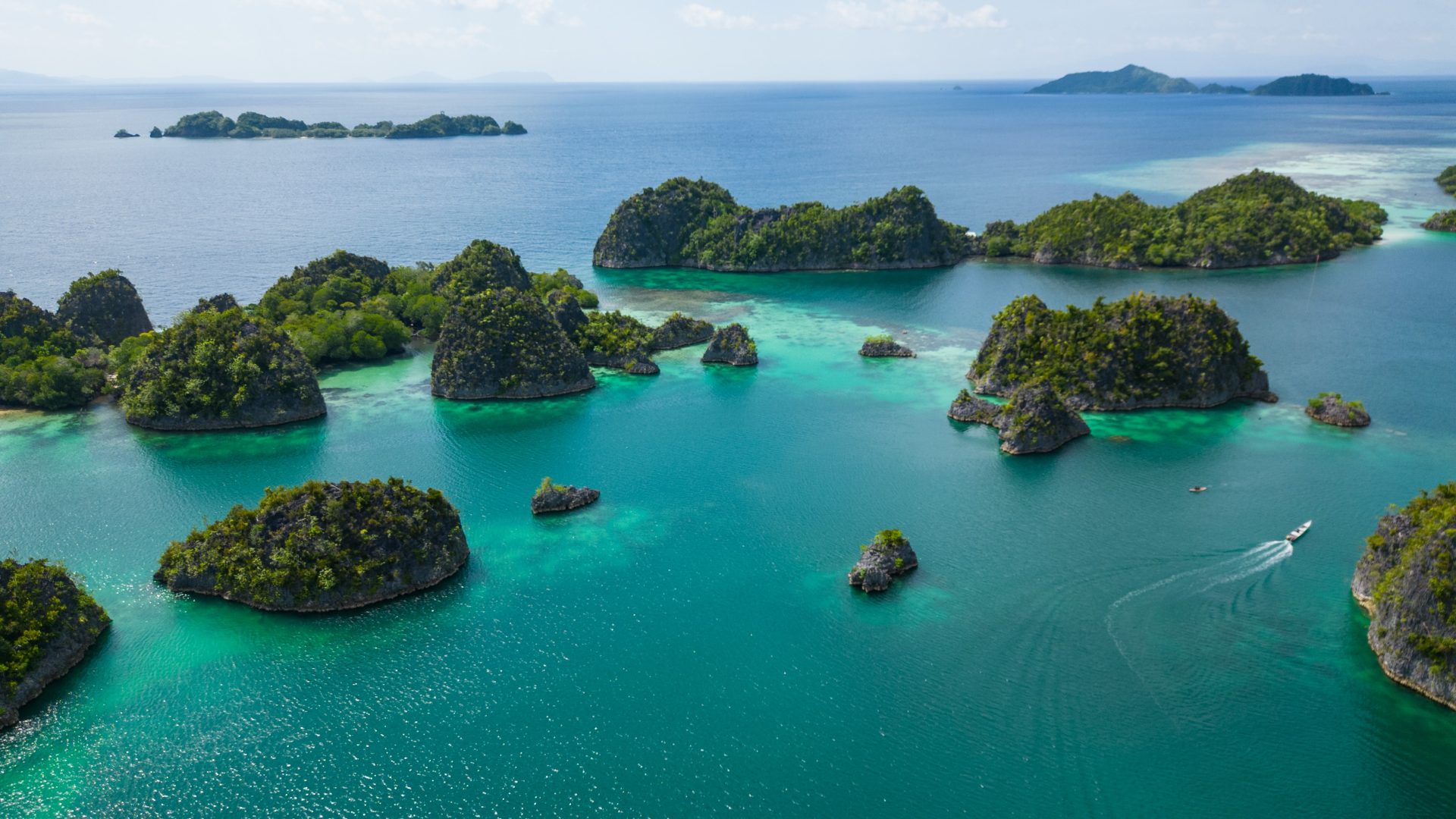
If you plan to do a day trip to Piaynemo, ask your boat driver to take you to Star Lagoon as well. Just around the corner from Piaynemo view point, the climb up to the top of Star Lagoon is a scramble up the rugged and uneven rocks, and offers a stunning 360 viewpoint of the emerald lagoons below.
To read our full guide to Piaynemo, click here!
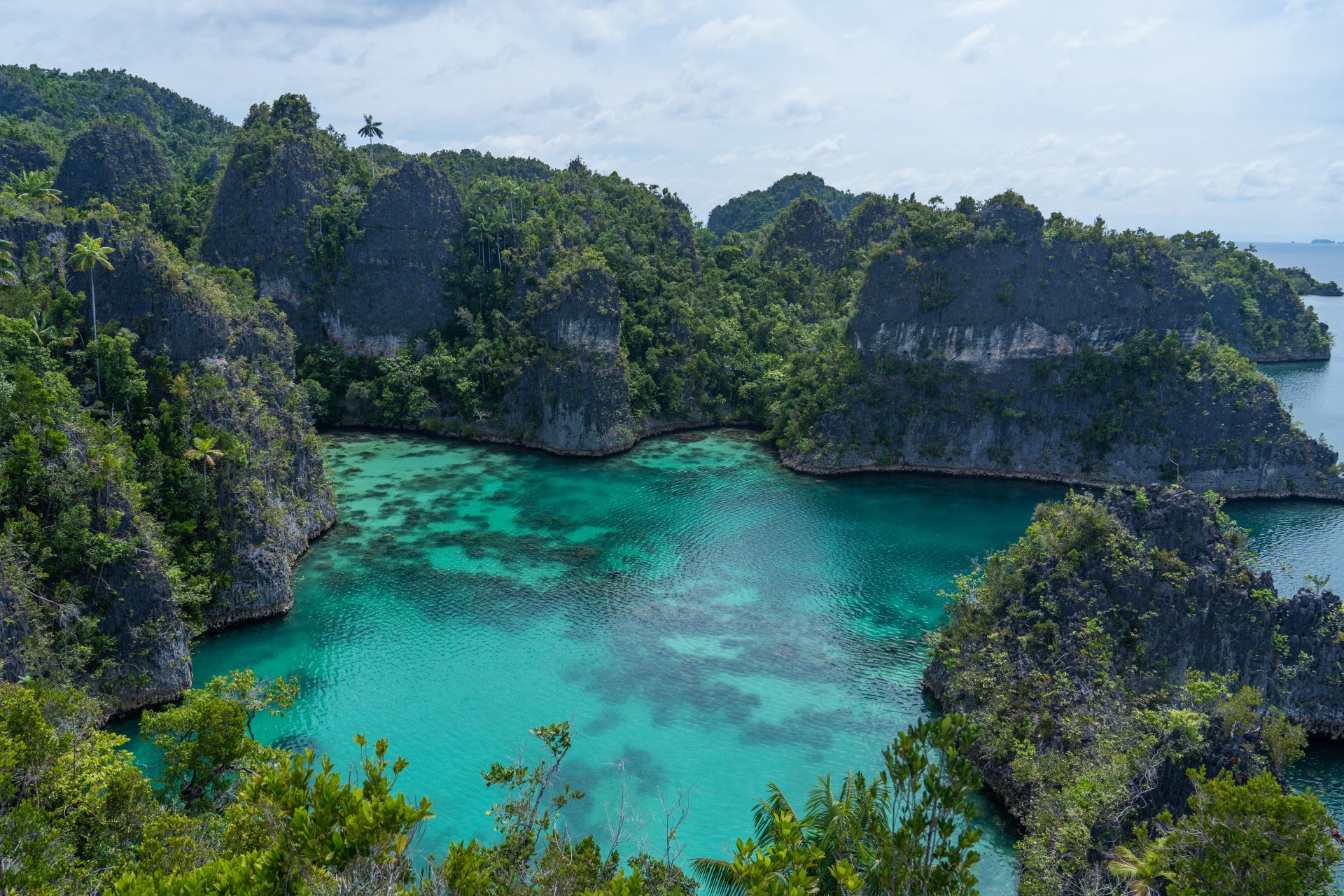
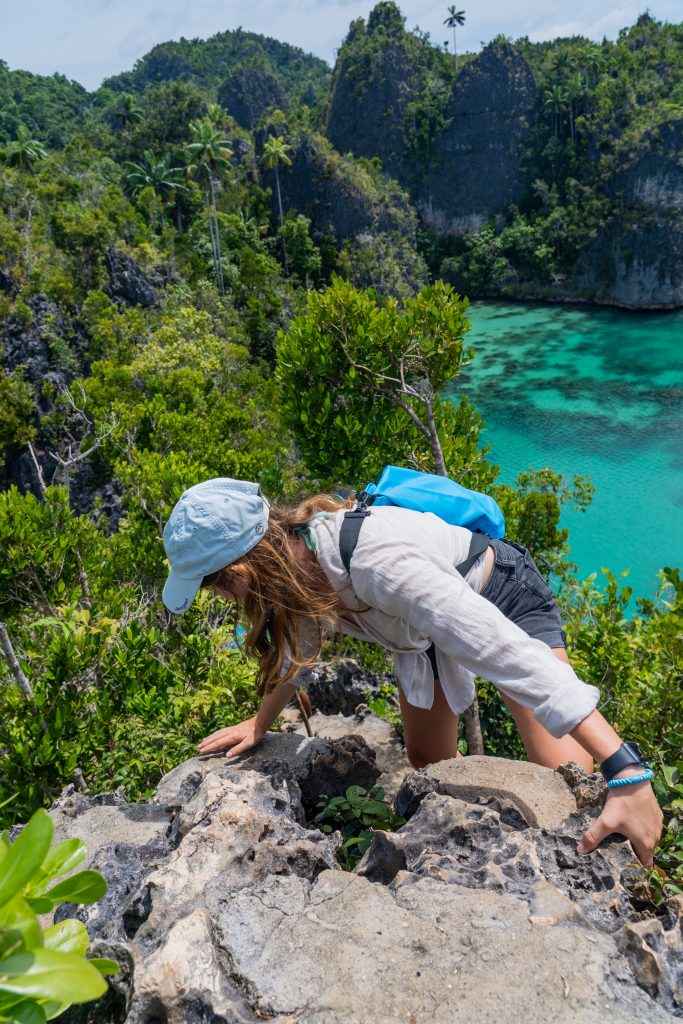

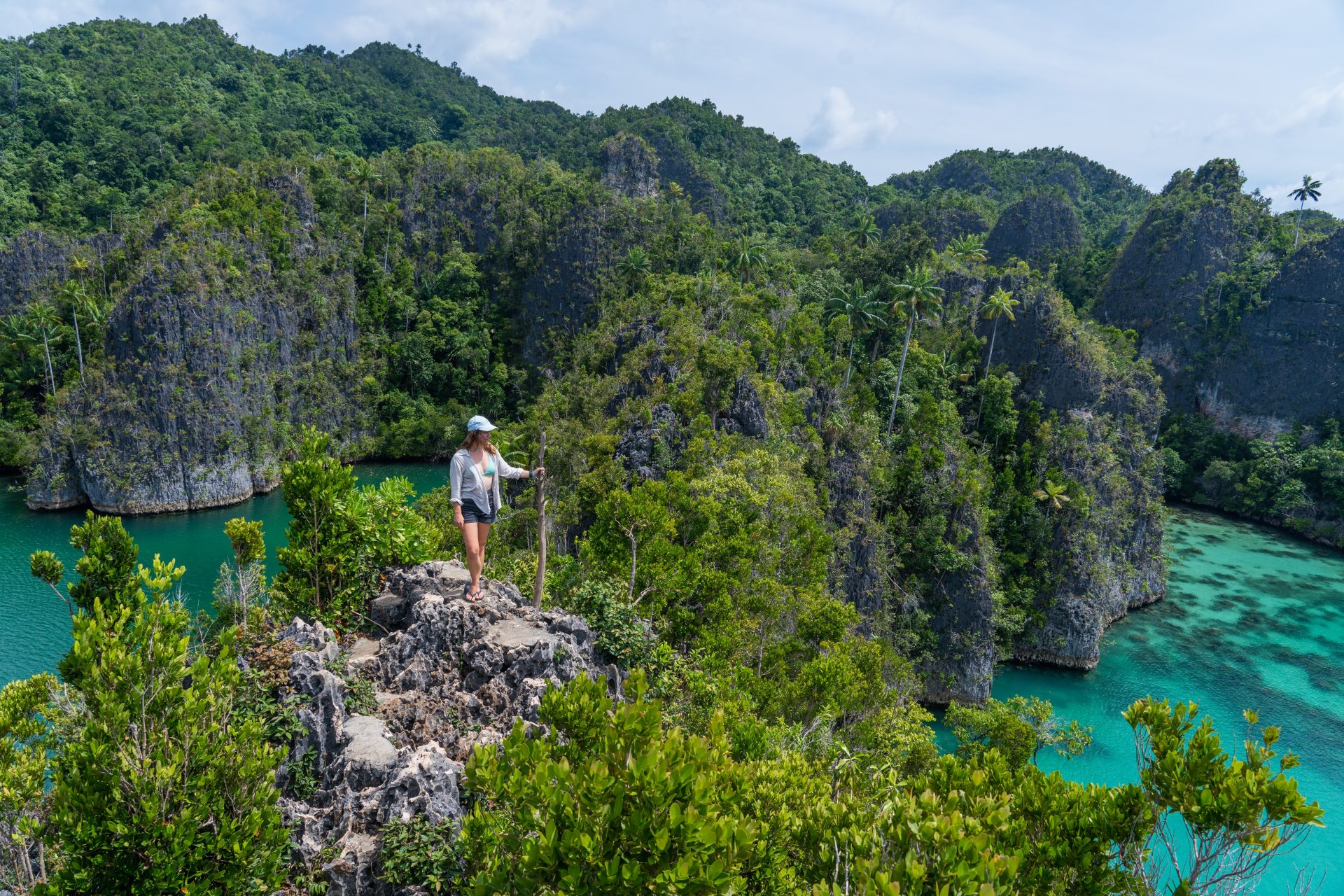
VISIT A LOCAL VILLAGE
Immerse yourself in the local culture by visiting a local village. Interact with friendly villagers, admire their traditional stilt houses, and witness traditional dances and handicrafts. During low tide, we were able to walk from Kri Island all the way to Yenbuba Village on the neighbouring Meos Mansar Island.
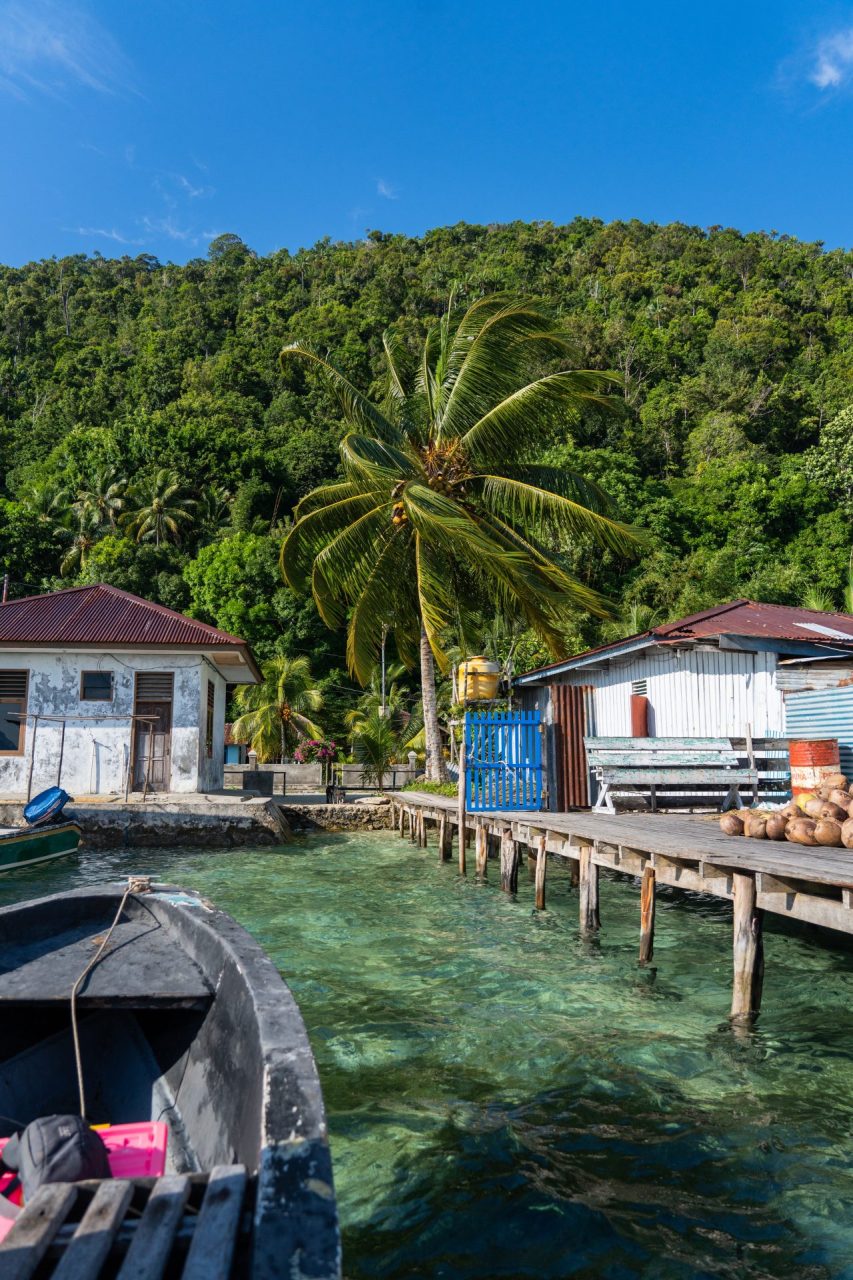

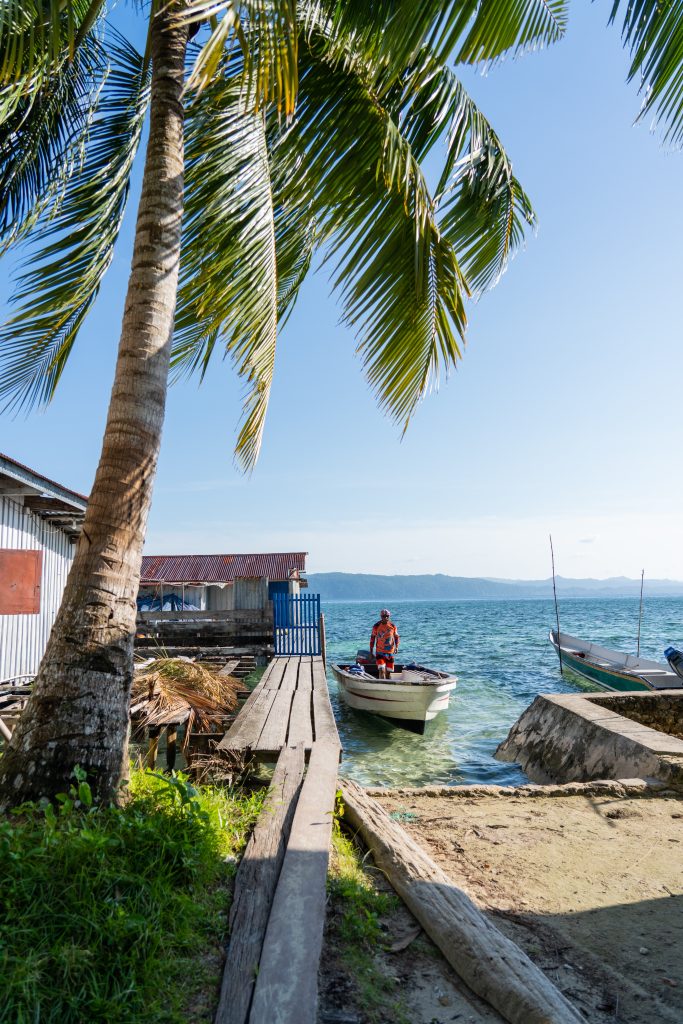
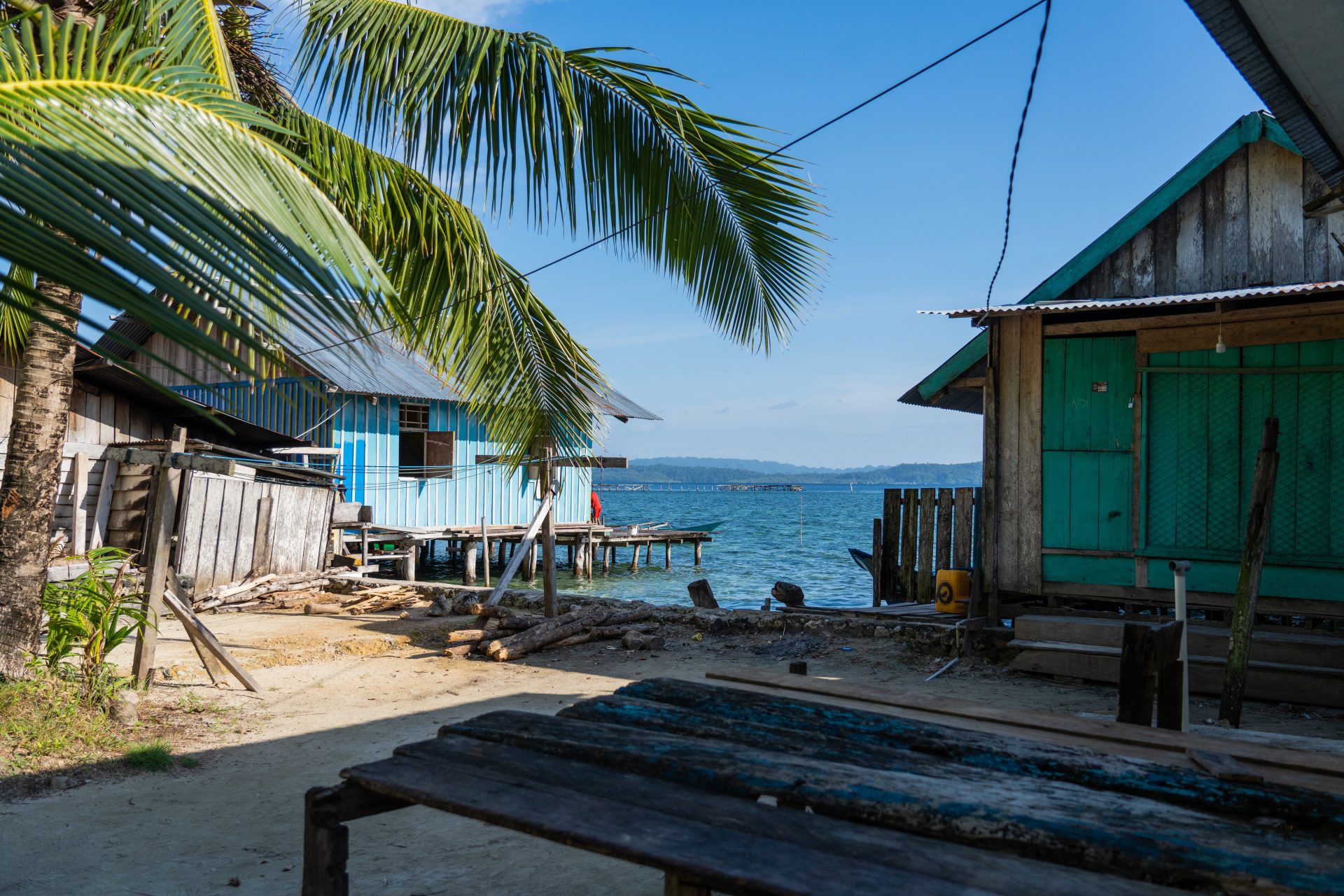
PREPARATION
Overall, Raja Ampat is a pretty remote & hard to reach place, but if you make the trek out there it’s more than worth it. Since it’s so remote, there is a lot of preparation and planning that needs to be done before hand.
To summarise the most important things to keep in mind:
- Book your homestays on the Stay Raja Ampat website at least a few months in advance during high season
- There are no ATMs on the island, so bring enough cash in advance to pay for any excursions if your homestay doesn’t accept Wise
- If you want connectivity, the Telkomsel sim card is the only one that will work in Raja Ampat
- Power is only on for a few hours a day, so pack a power bank, travel adapter, and travel extension cord
- Bug spray is a must
- There are no stores on the island so bring in any snacks or booze you may want to have for your time there!
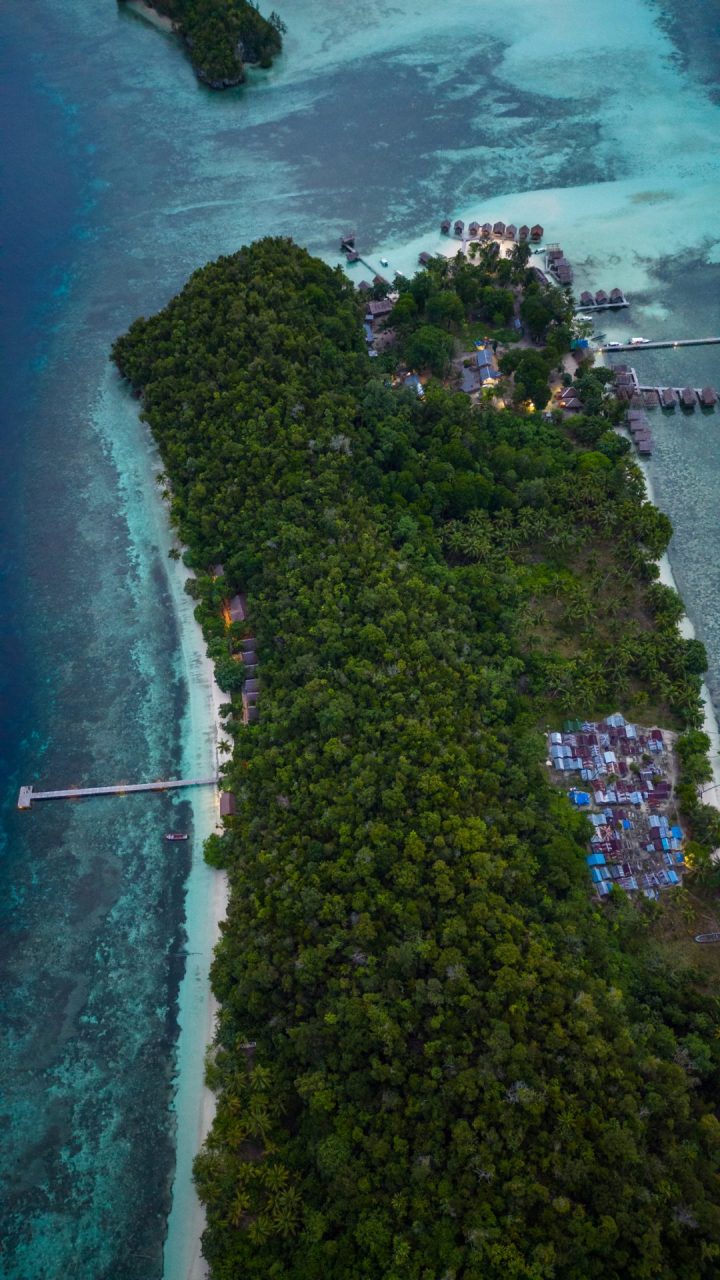
Our week in Raja Ampat was truly one of the most spectacular weeks of our lives. It’s a destination that rewards those who venture off the beaten path. Coming here requires careful planning and preparation, but the rewards are immeasurable. Once here, Raja Ampat offers unparalleled natural beauty, vibrant marine life, and a once in a lifetime experience.

